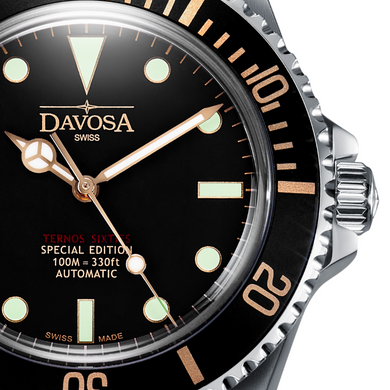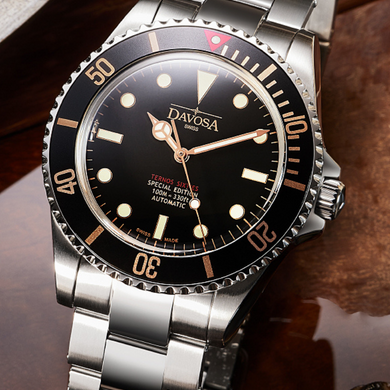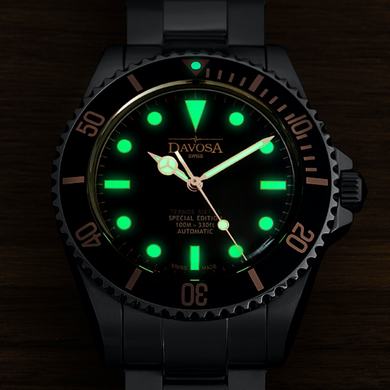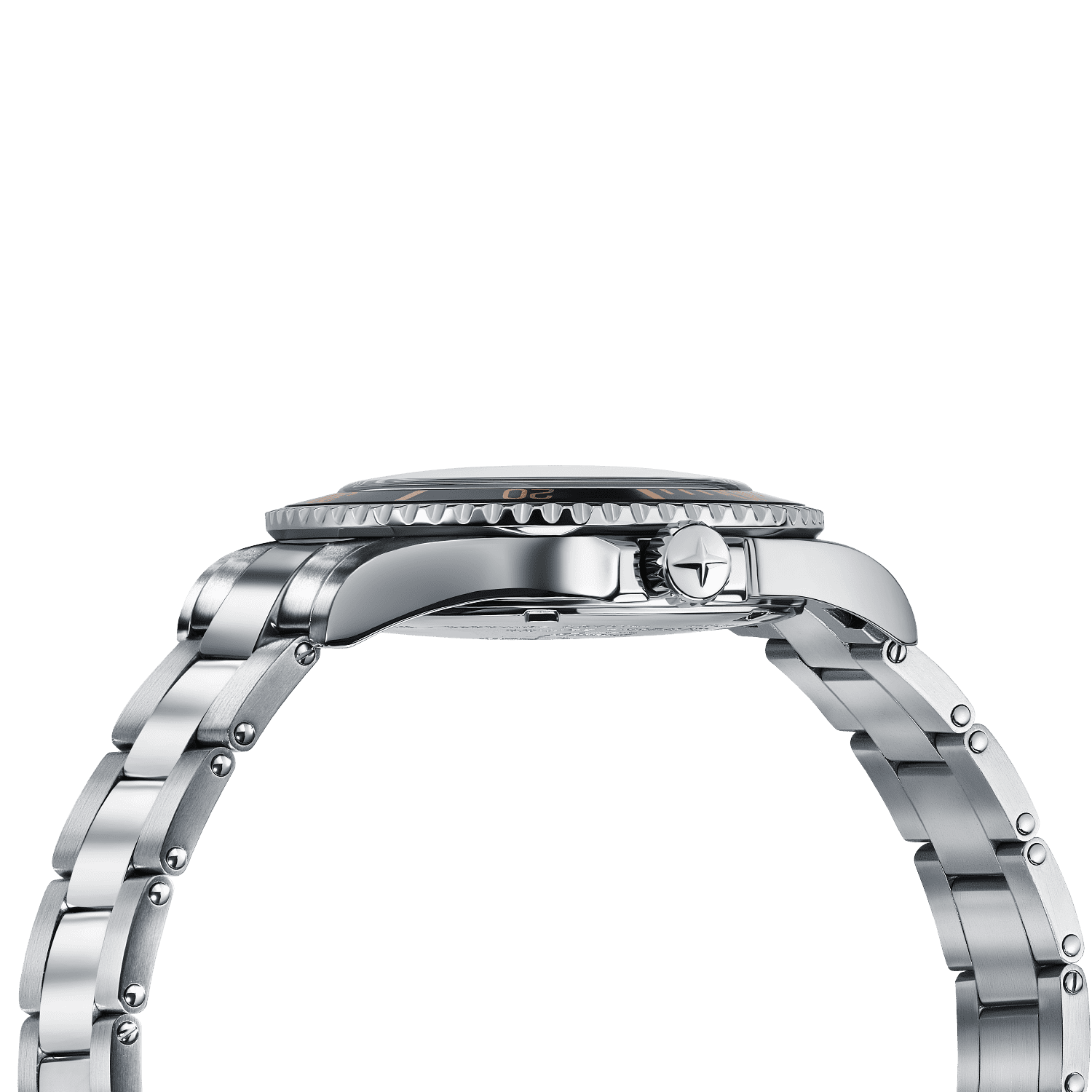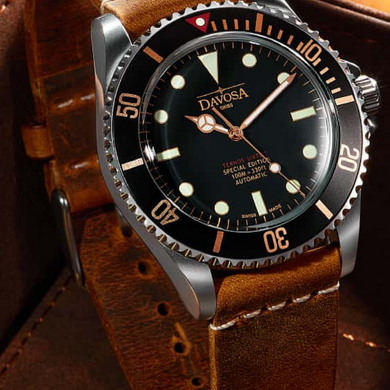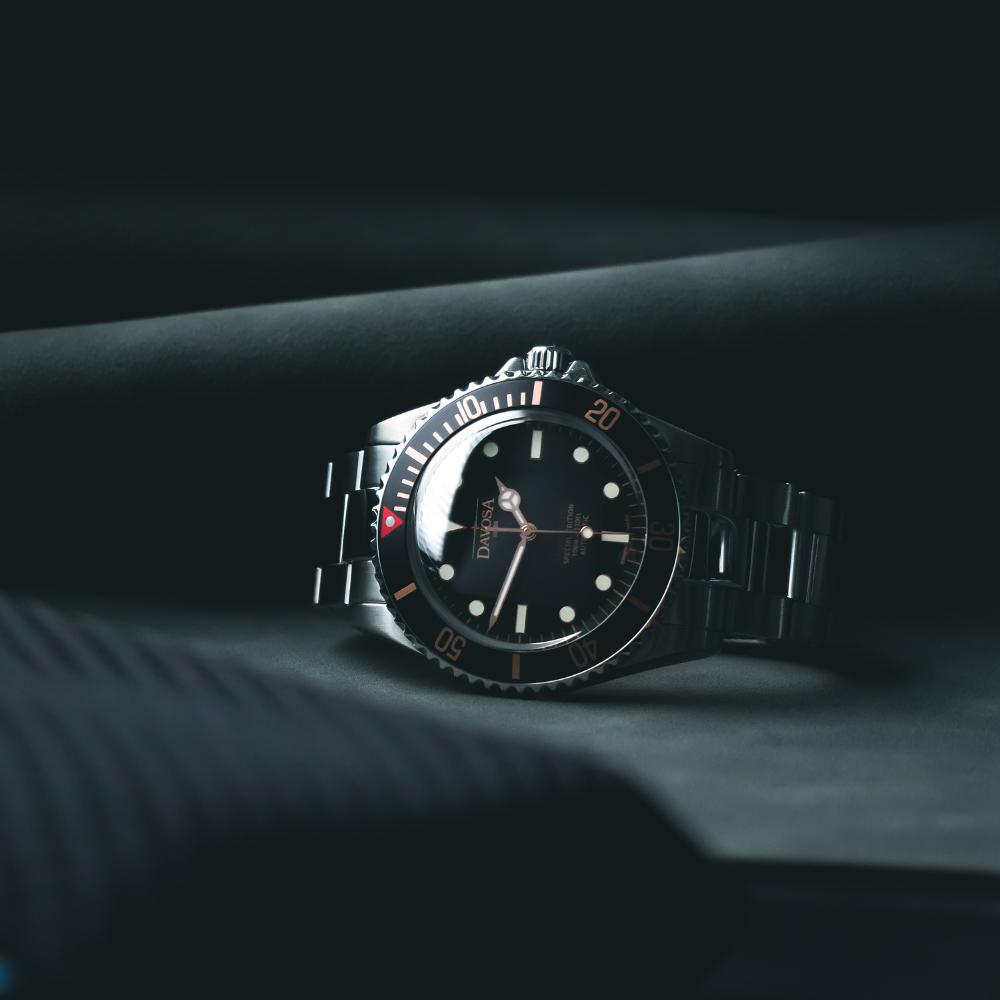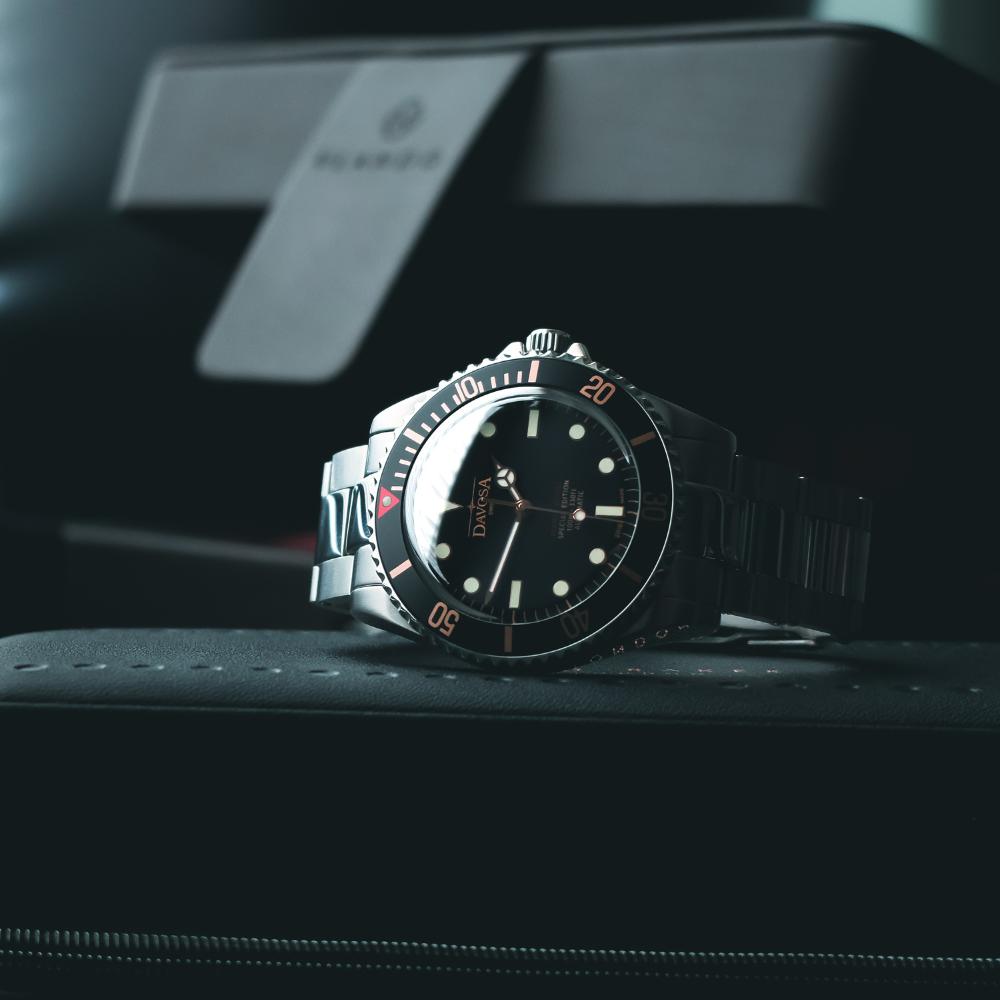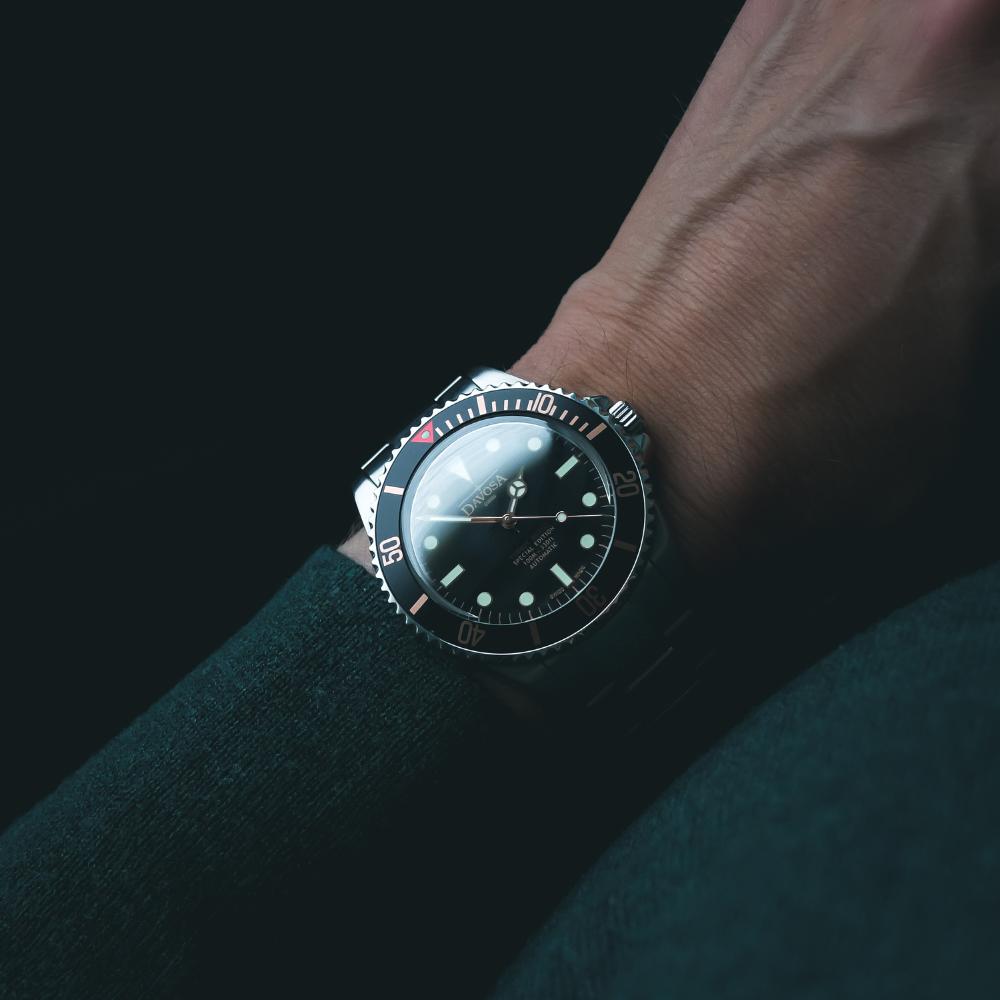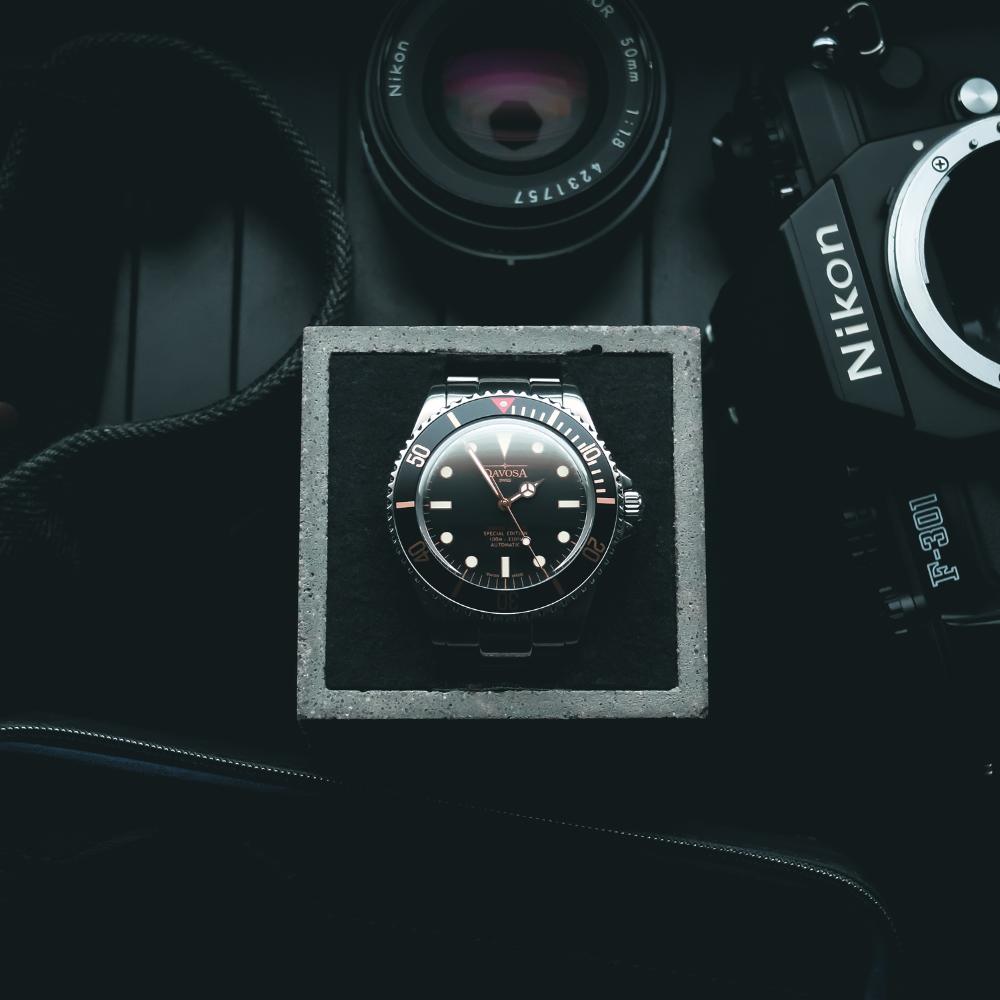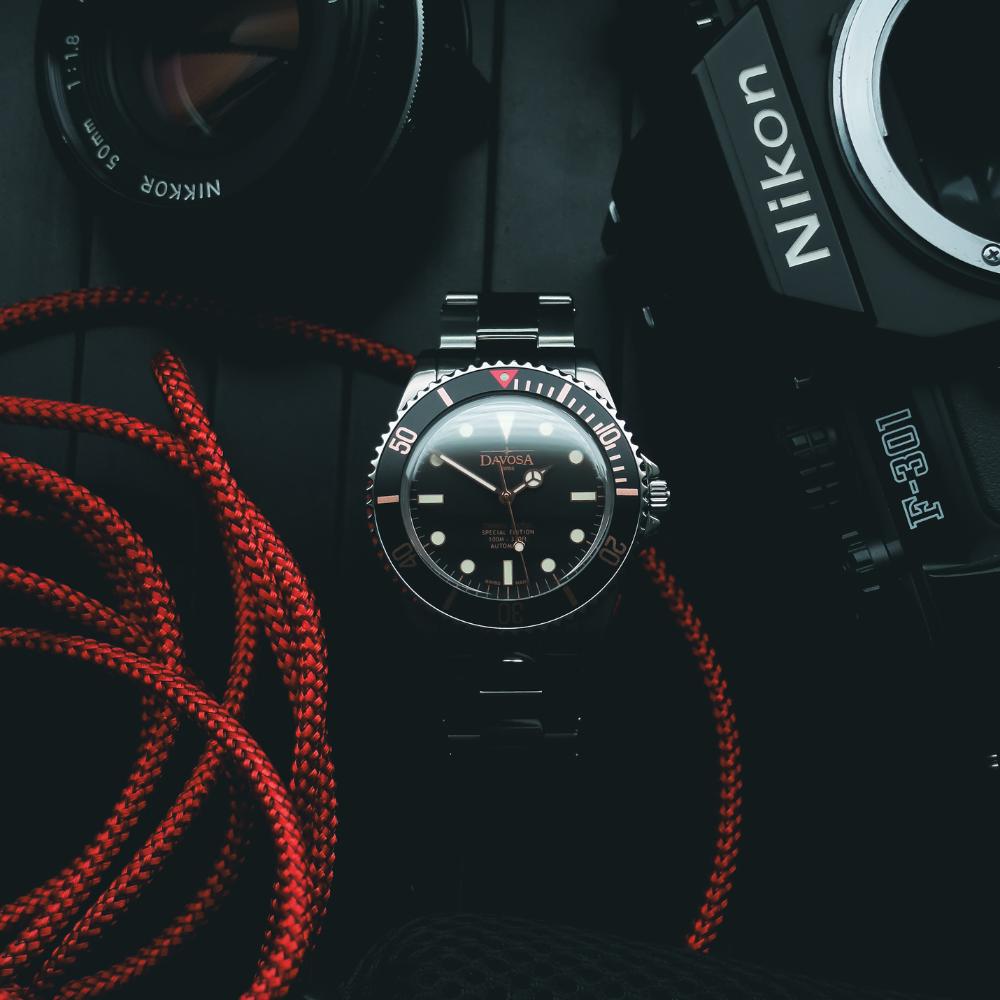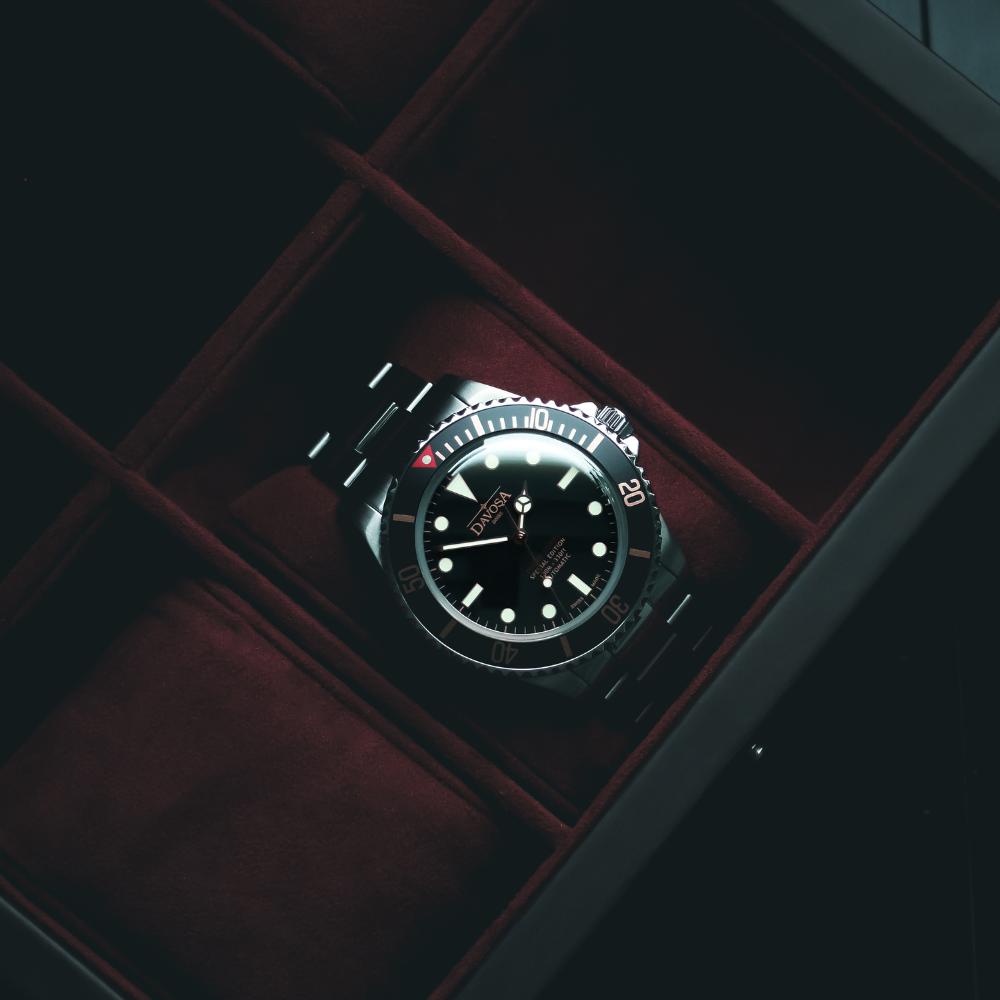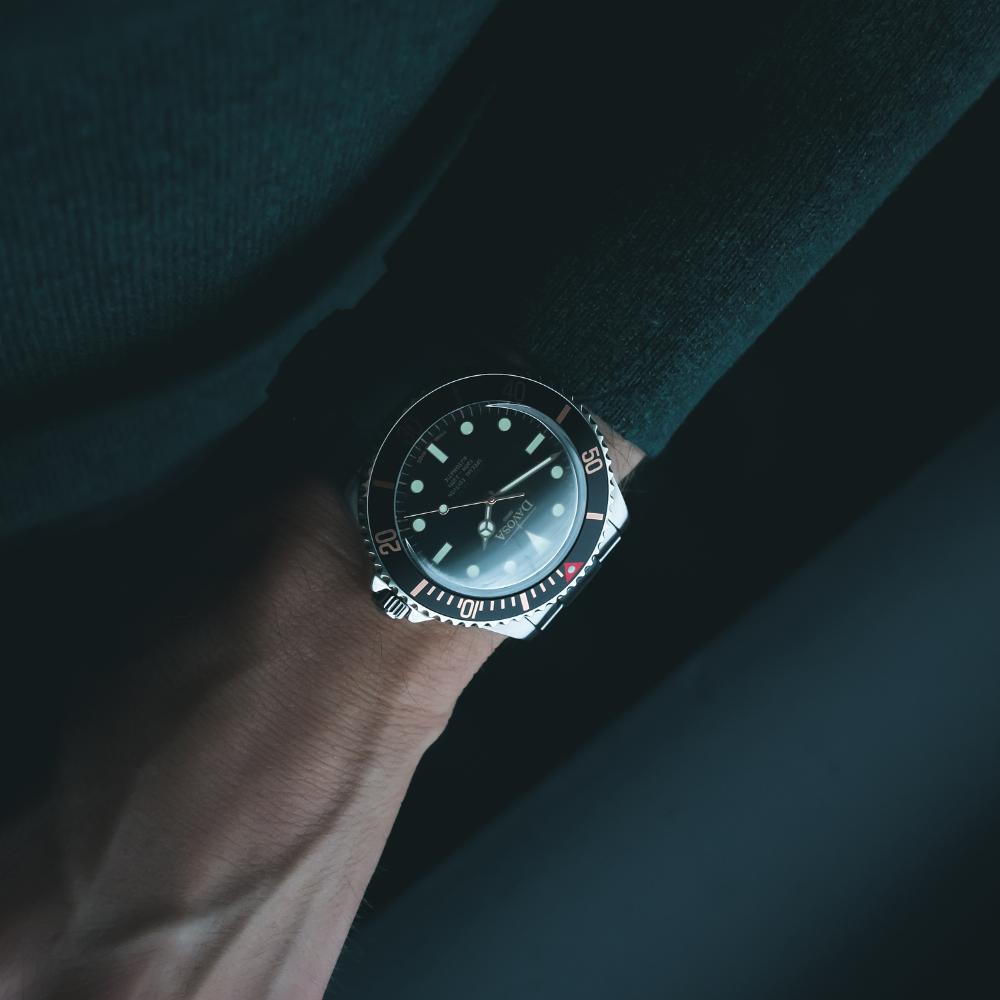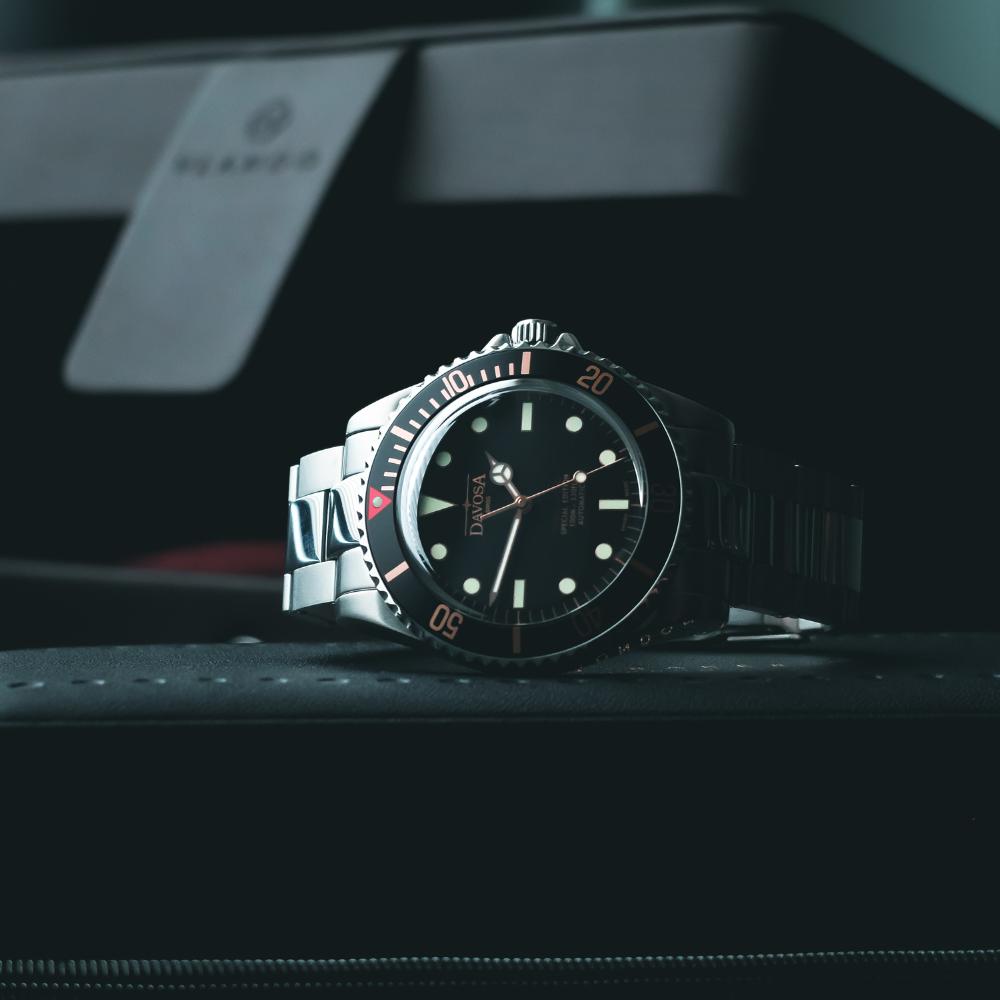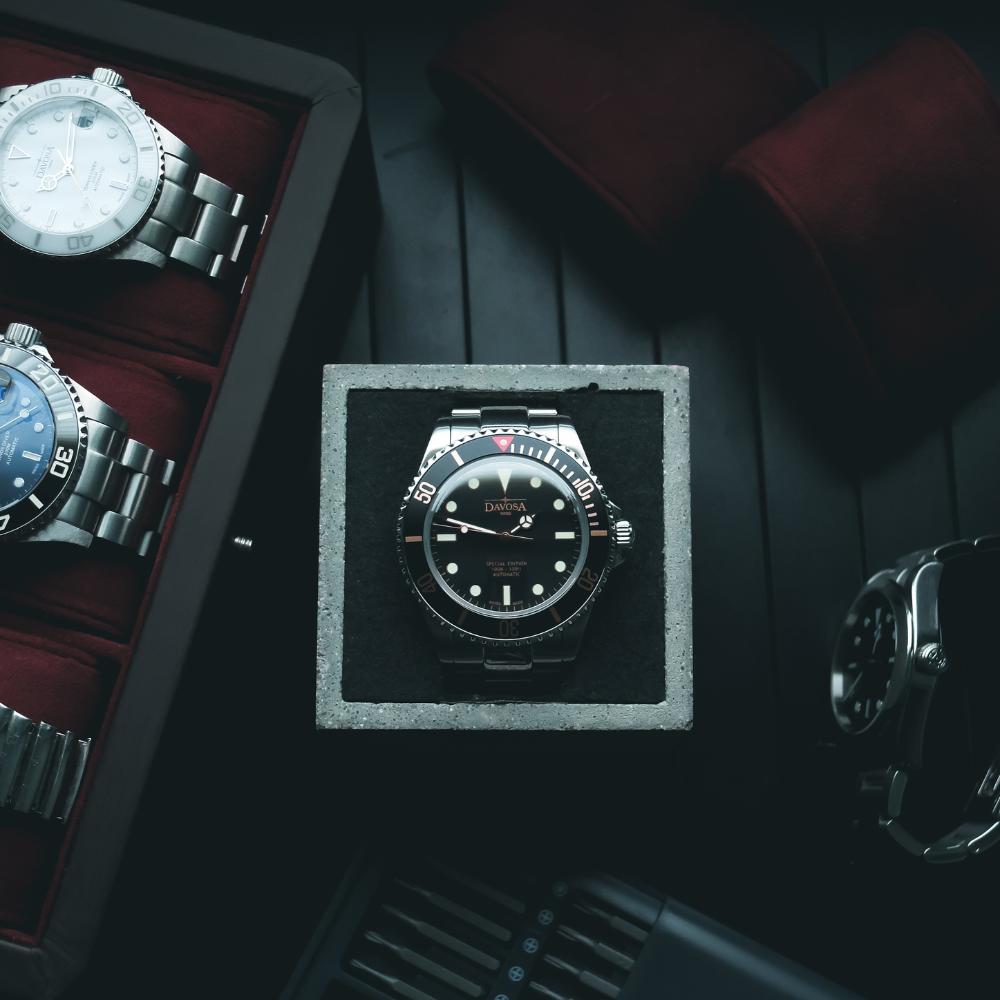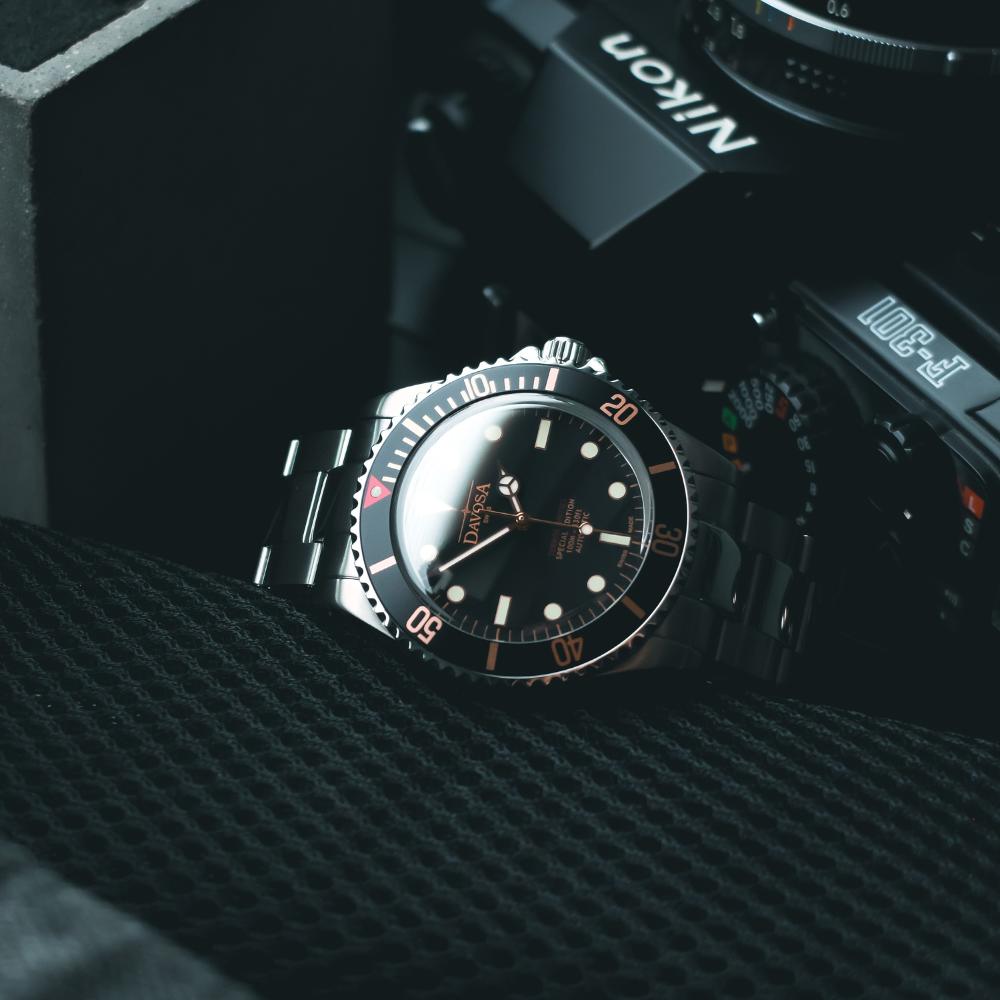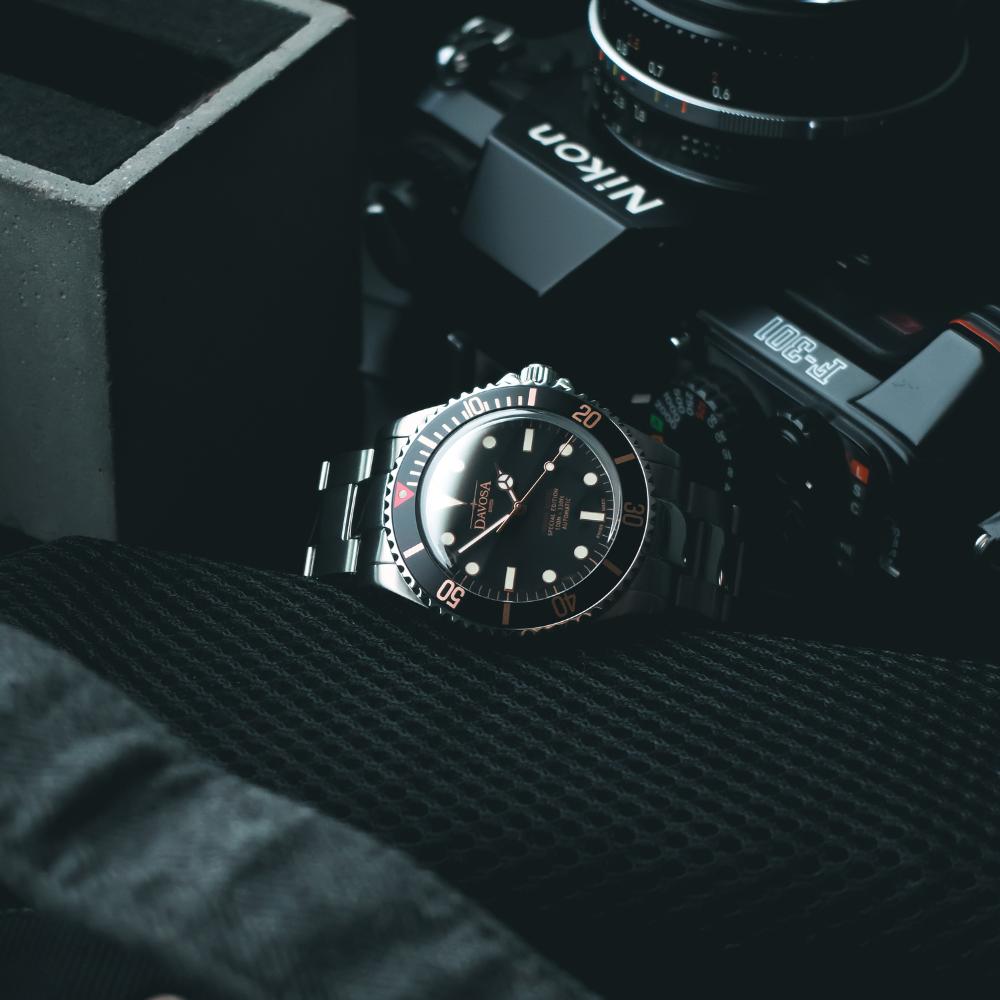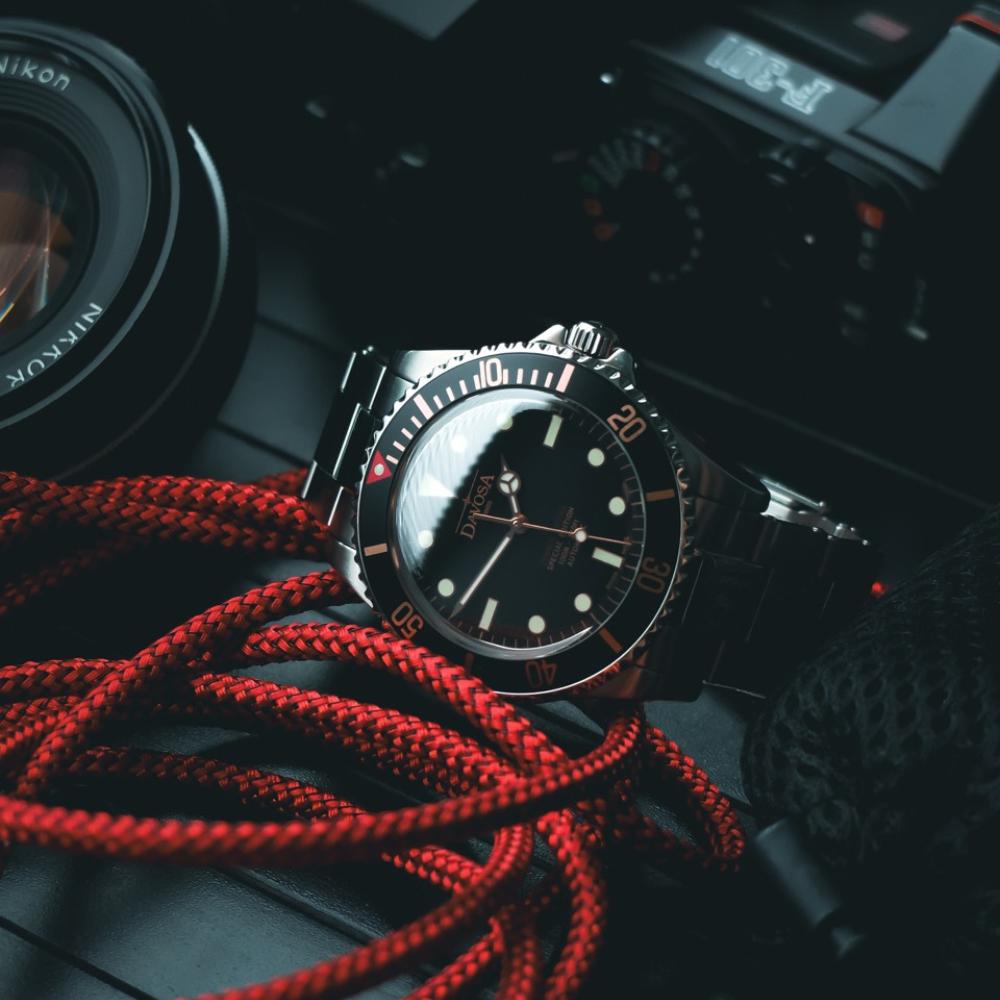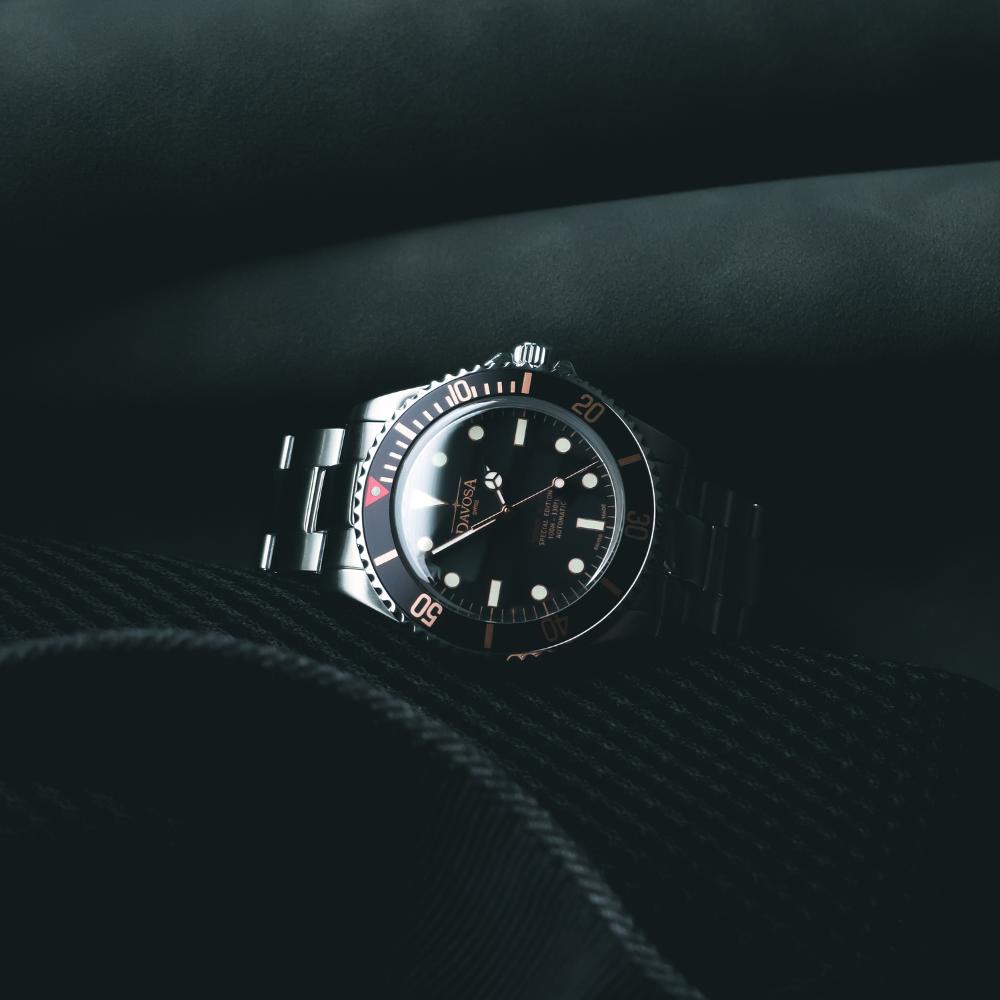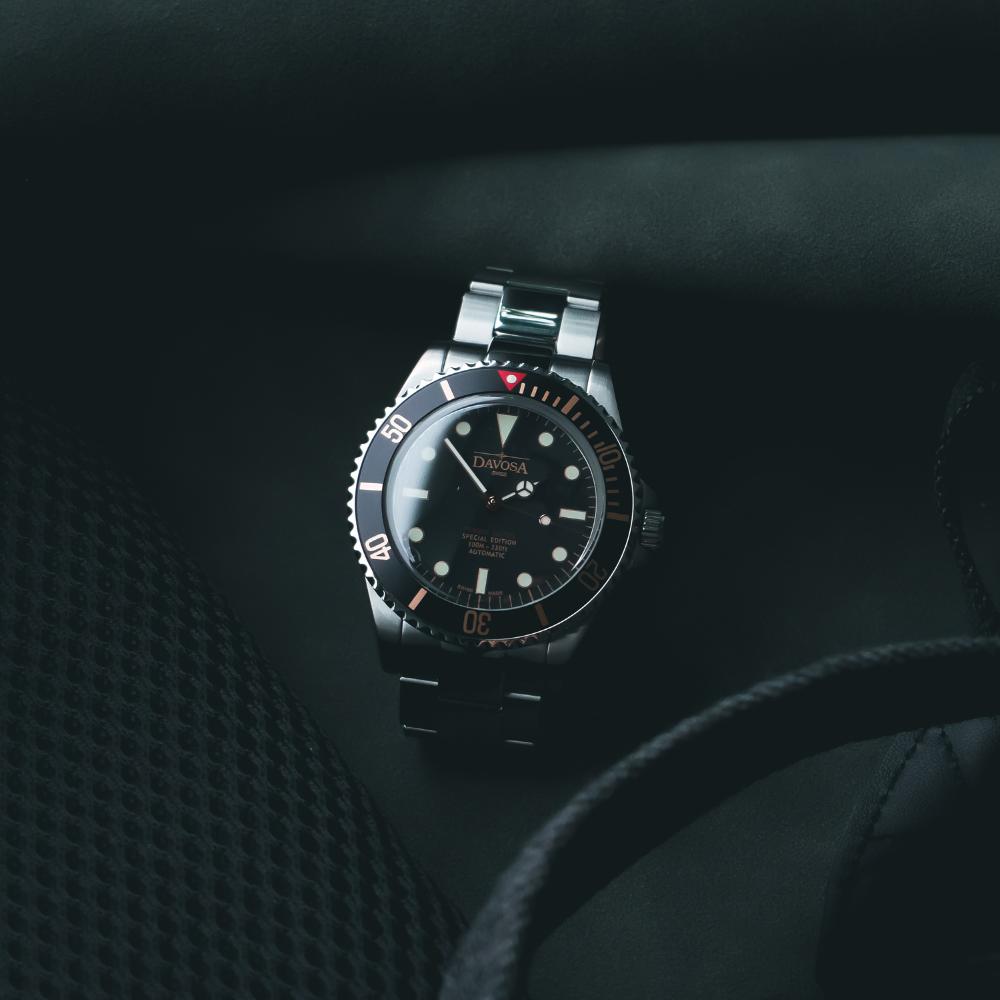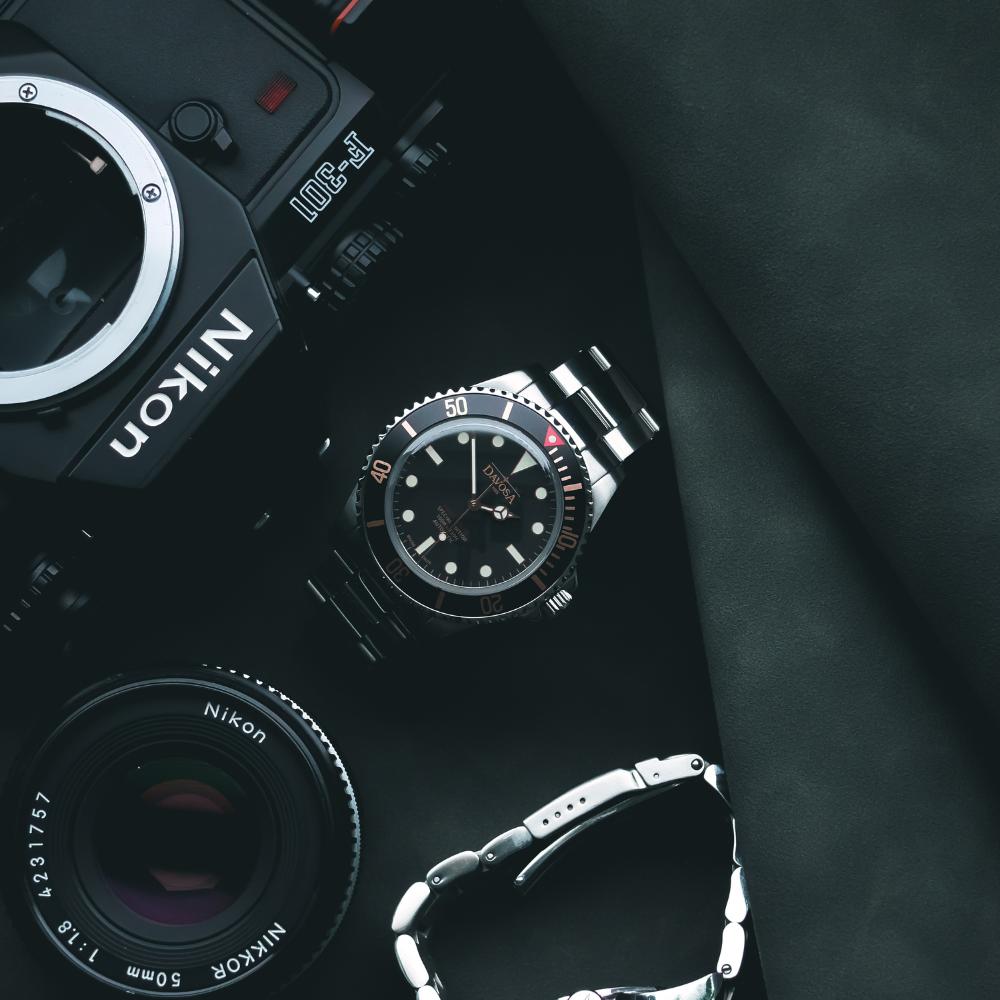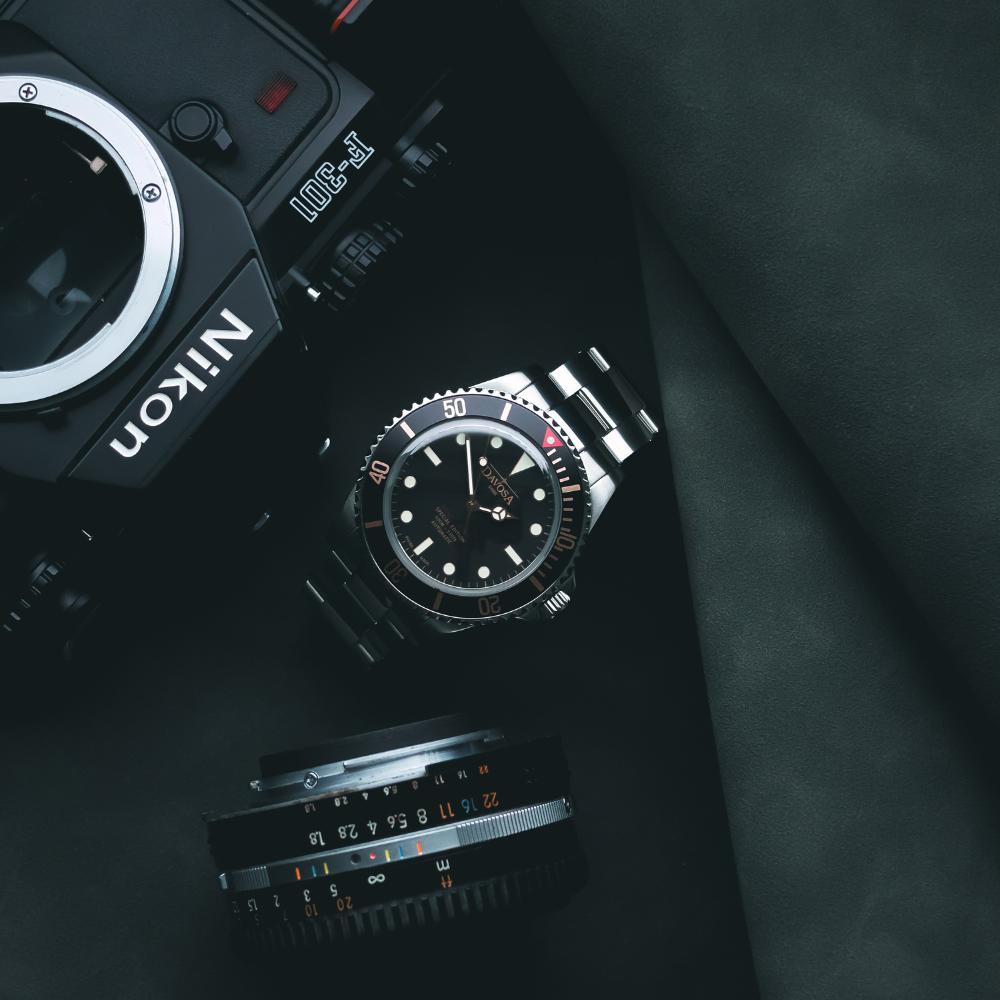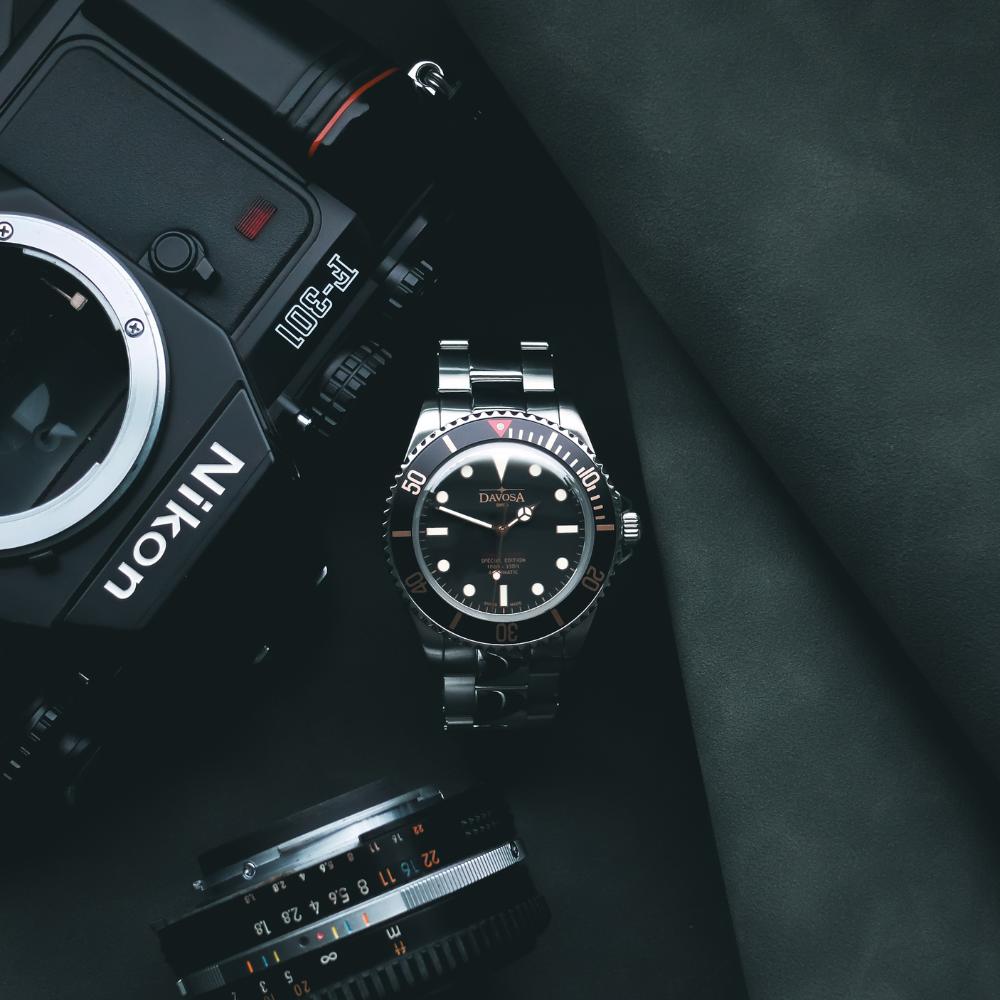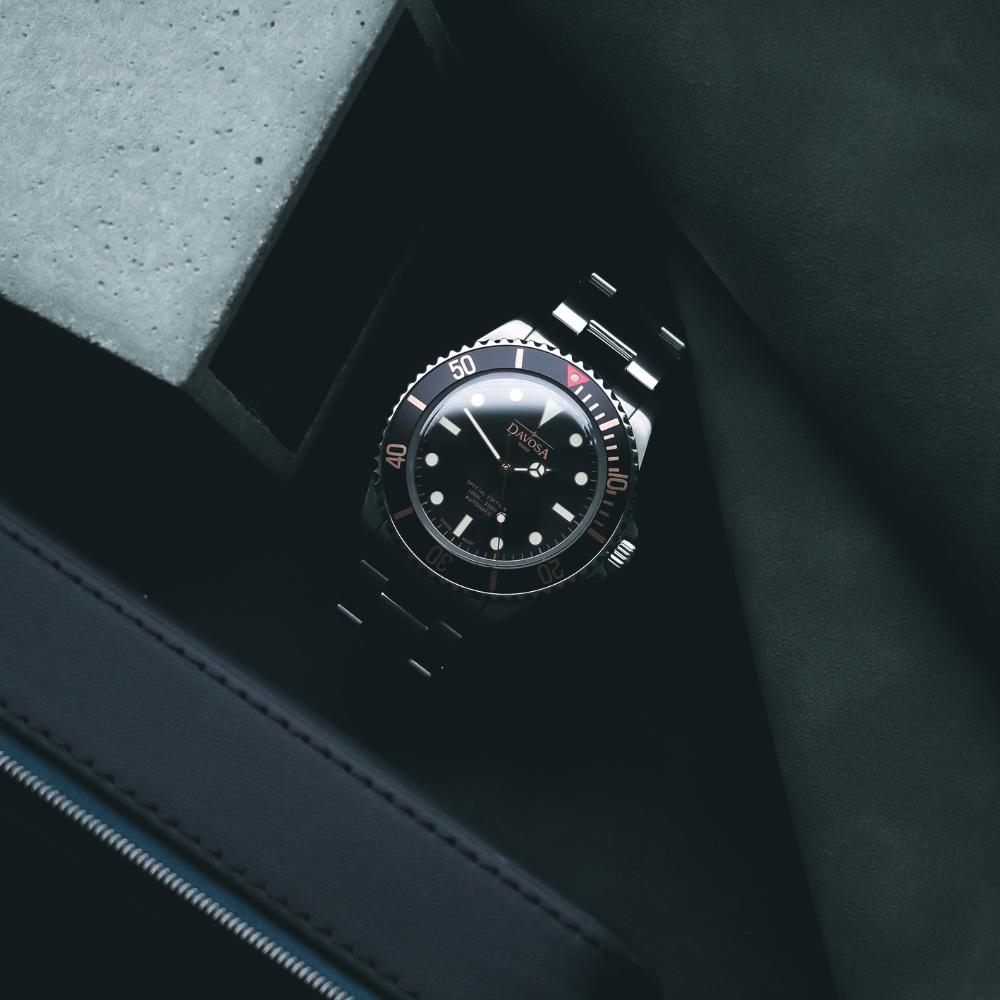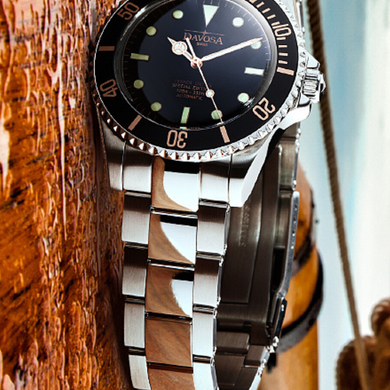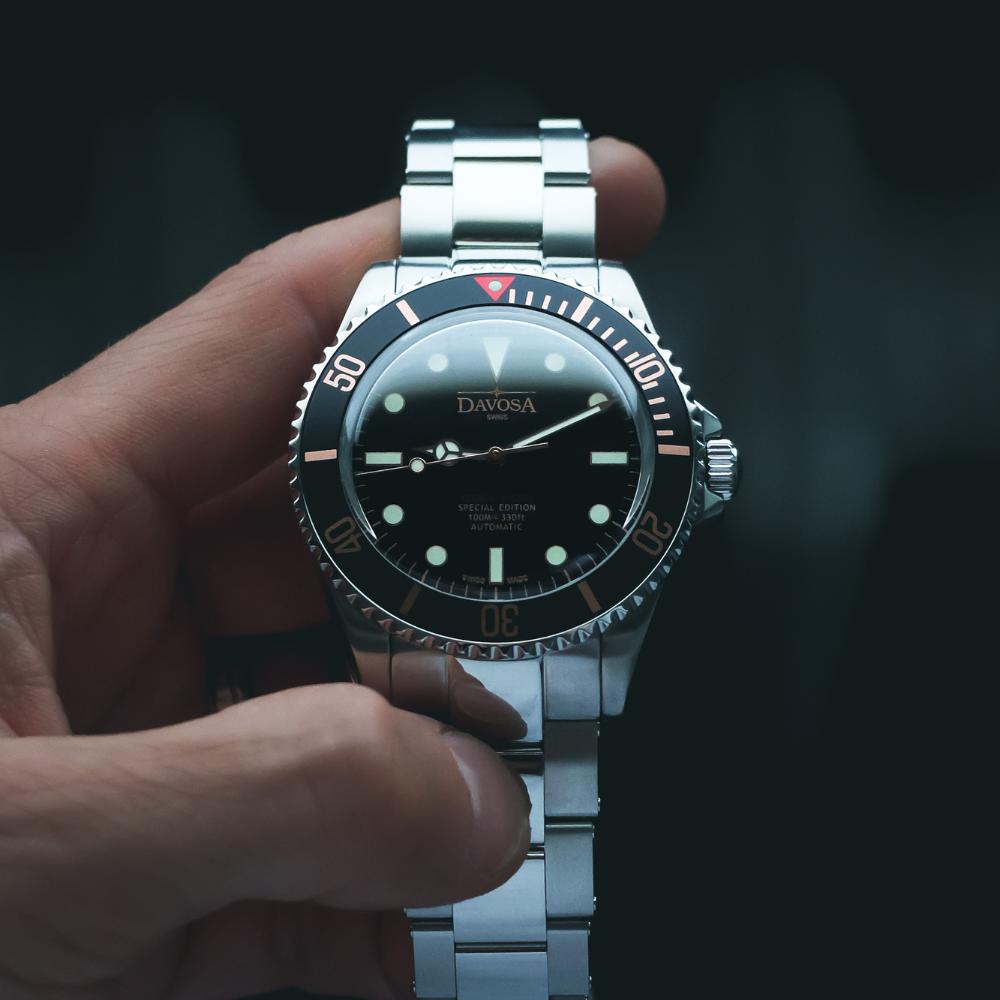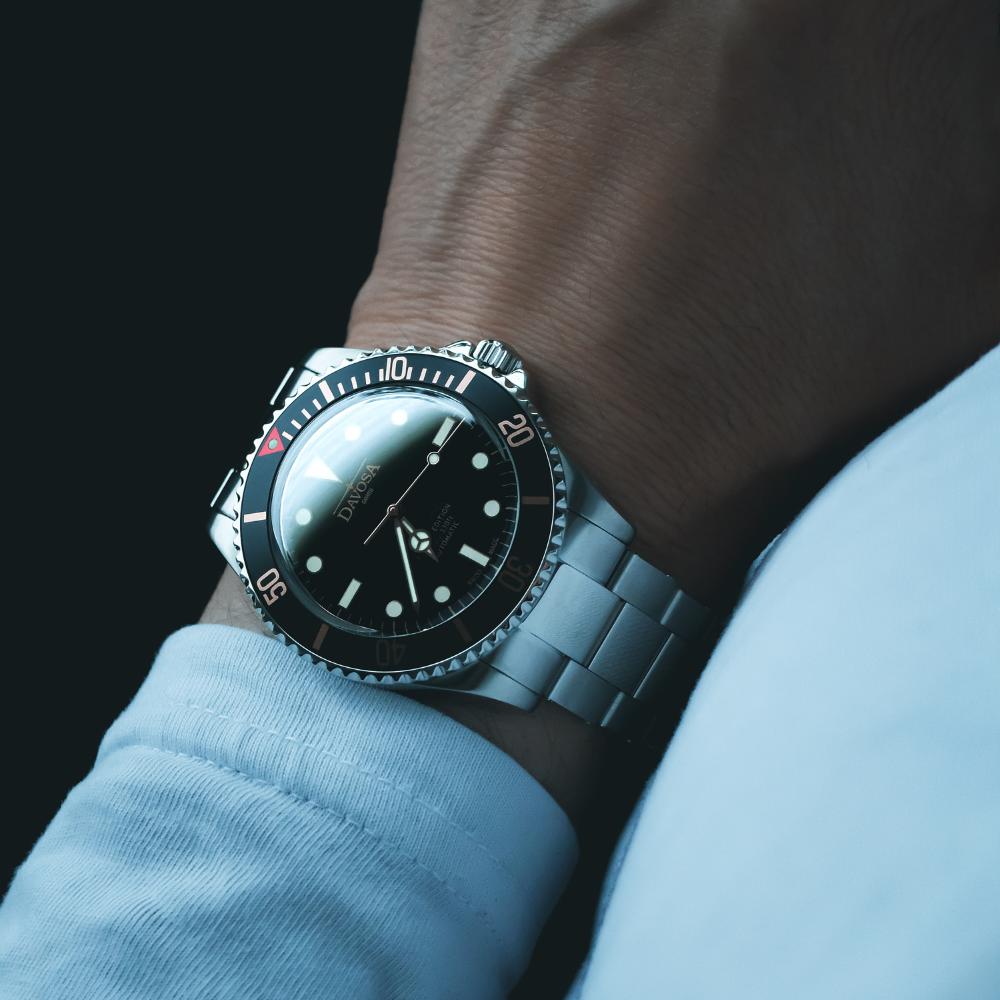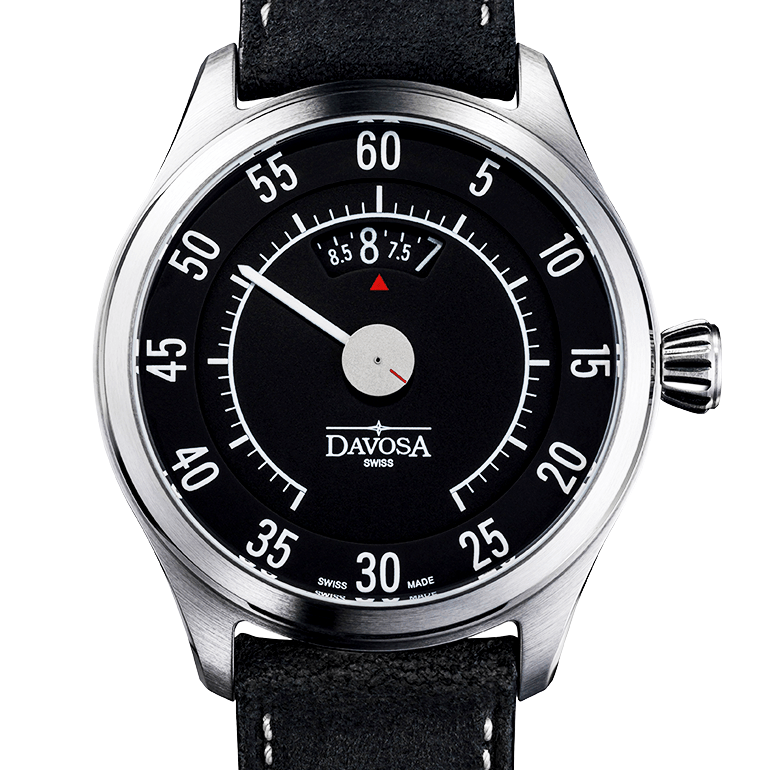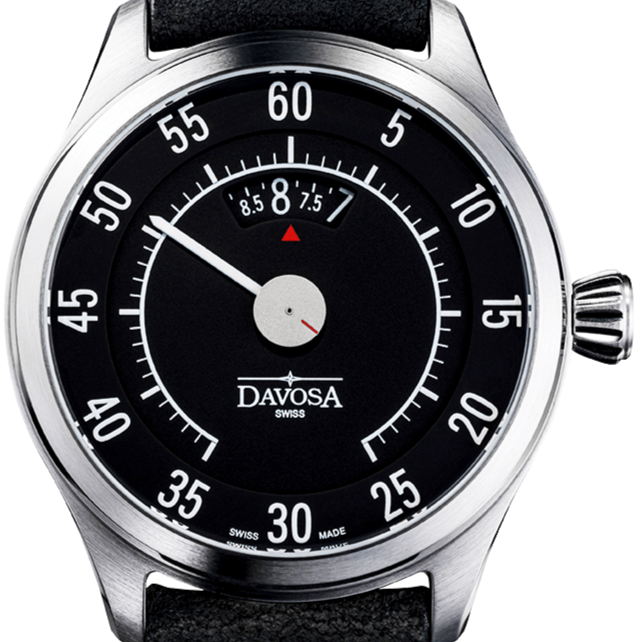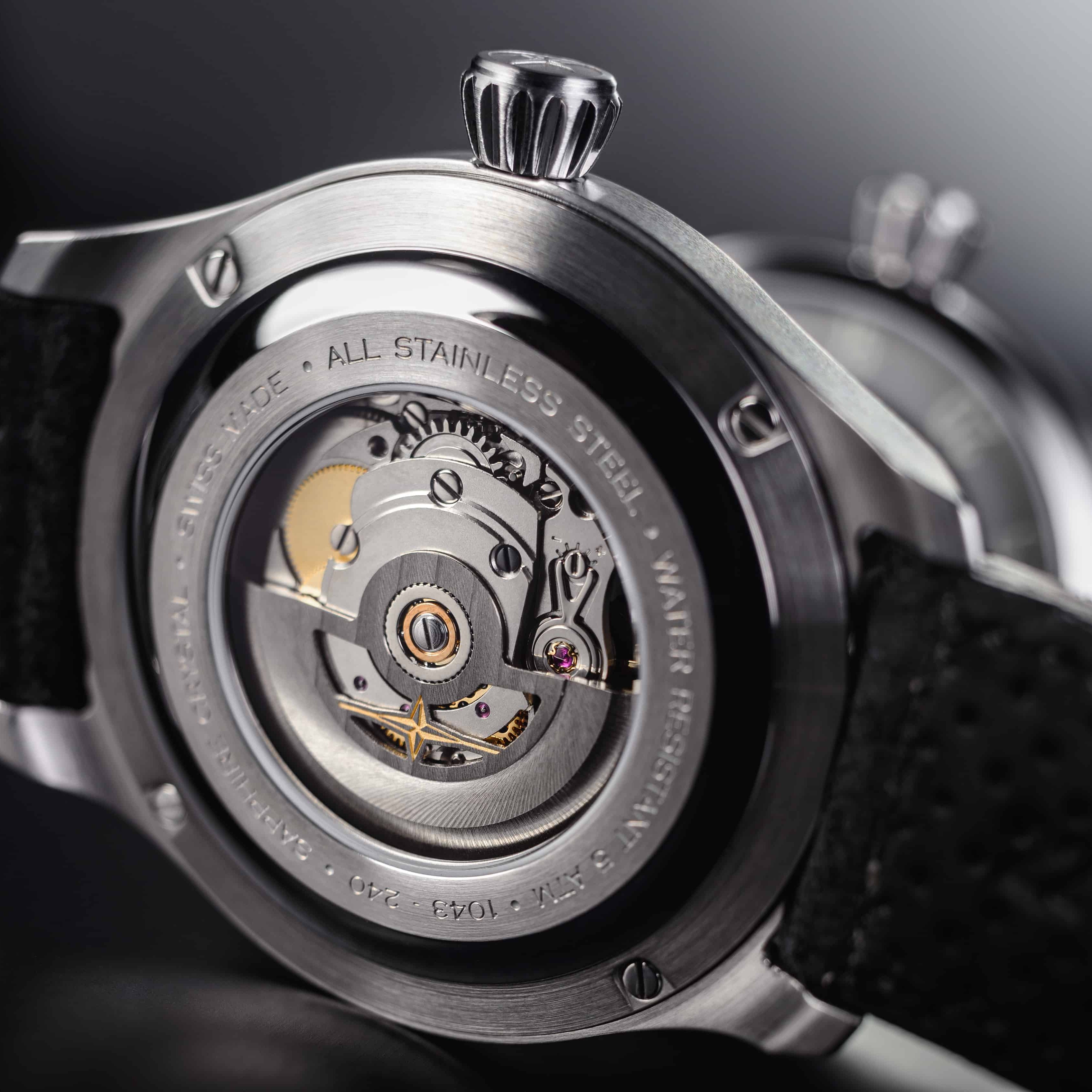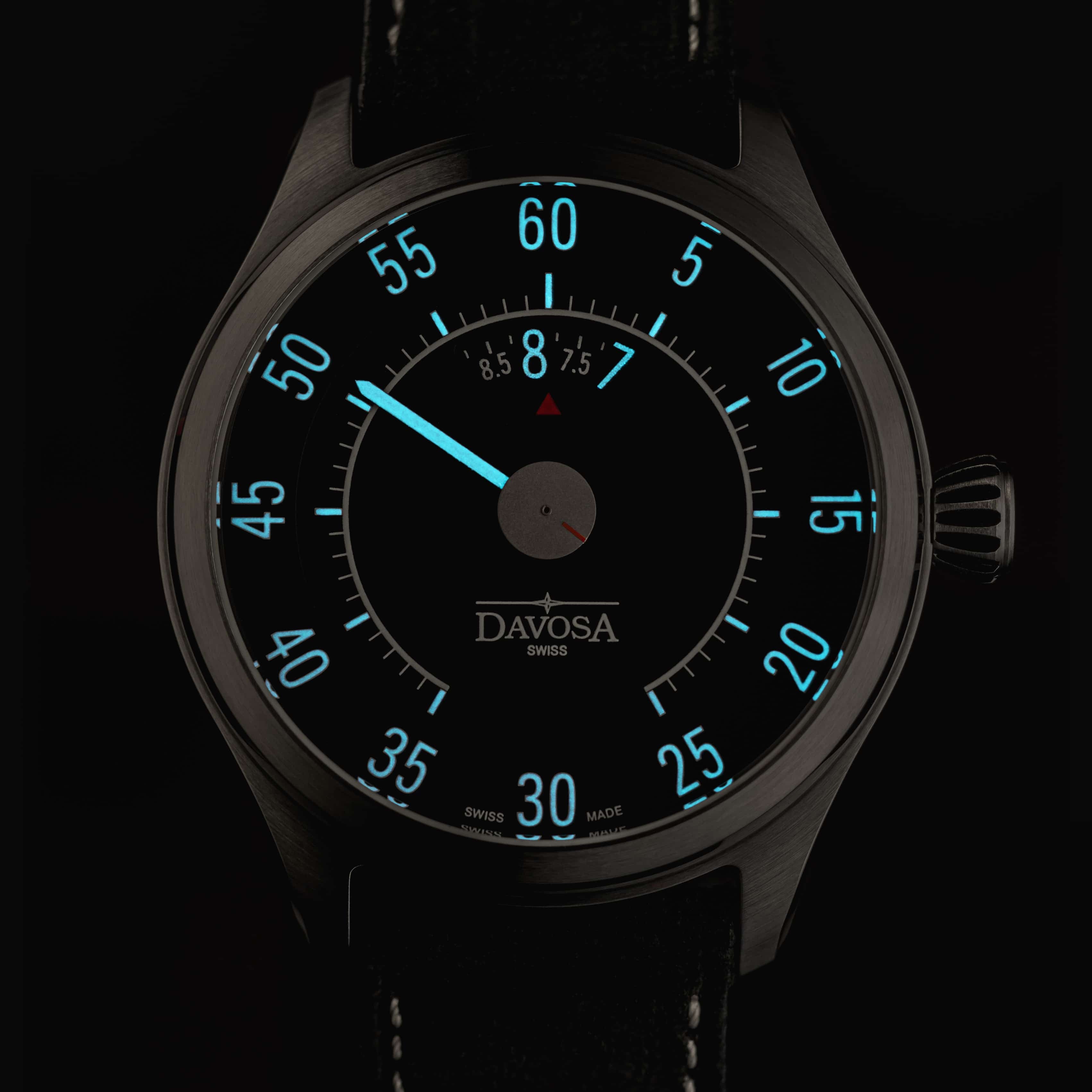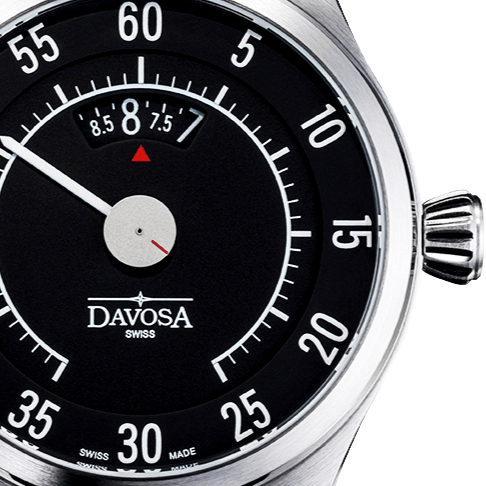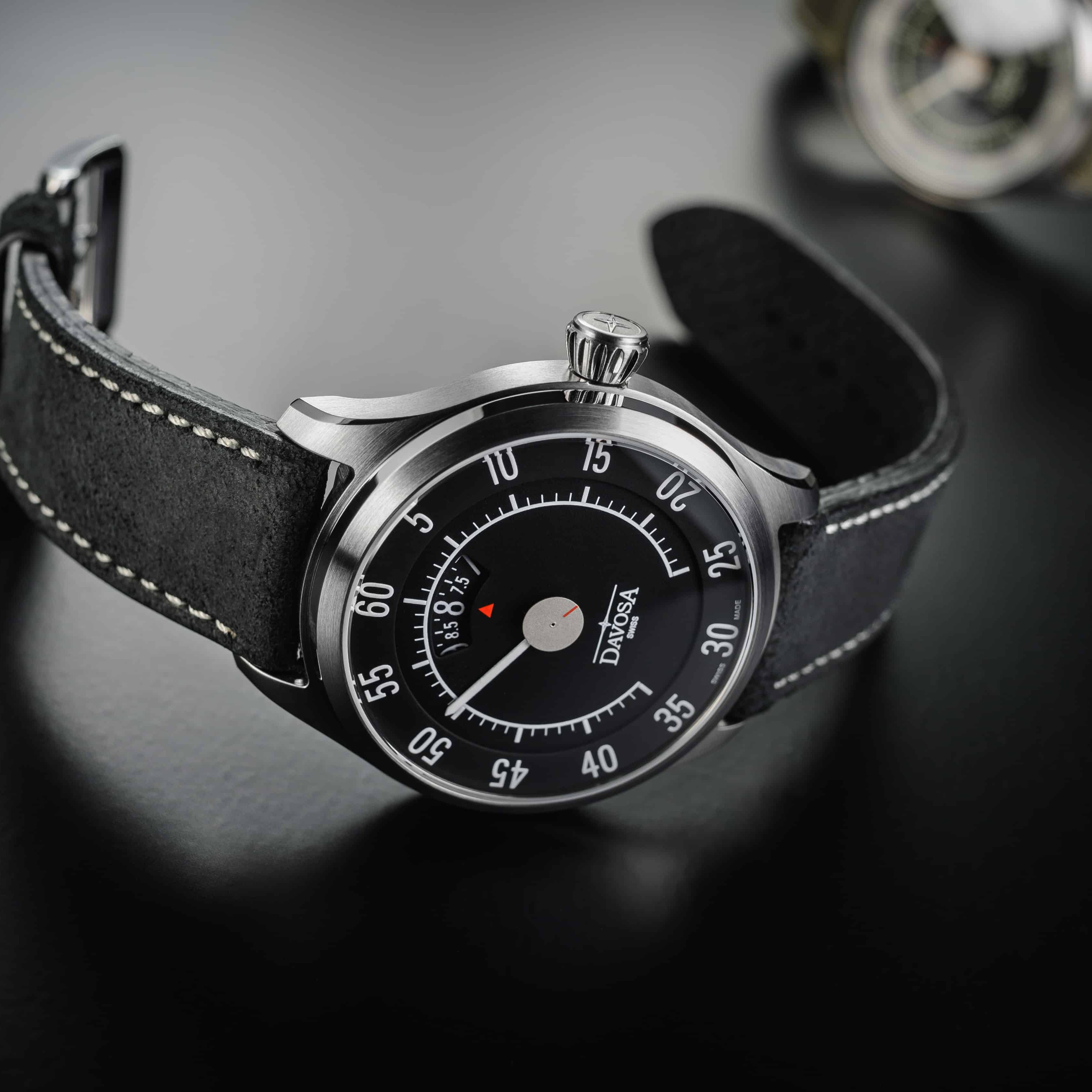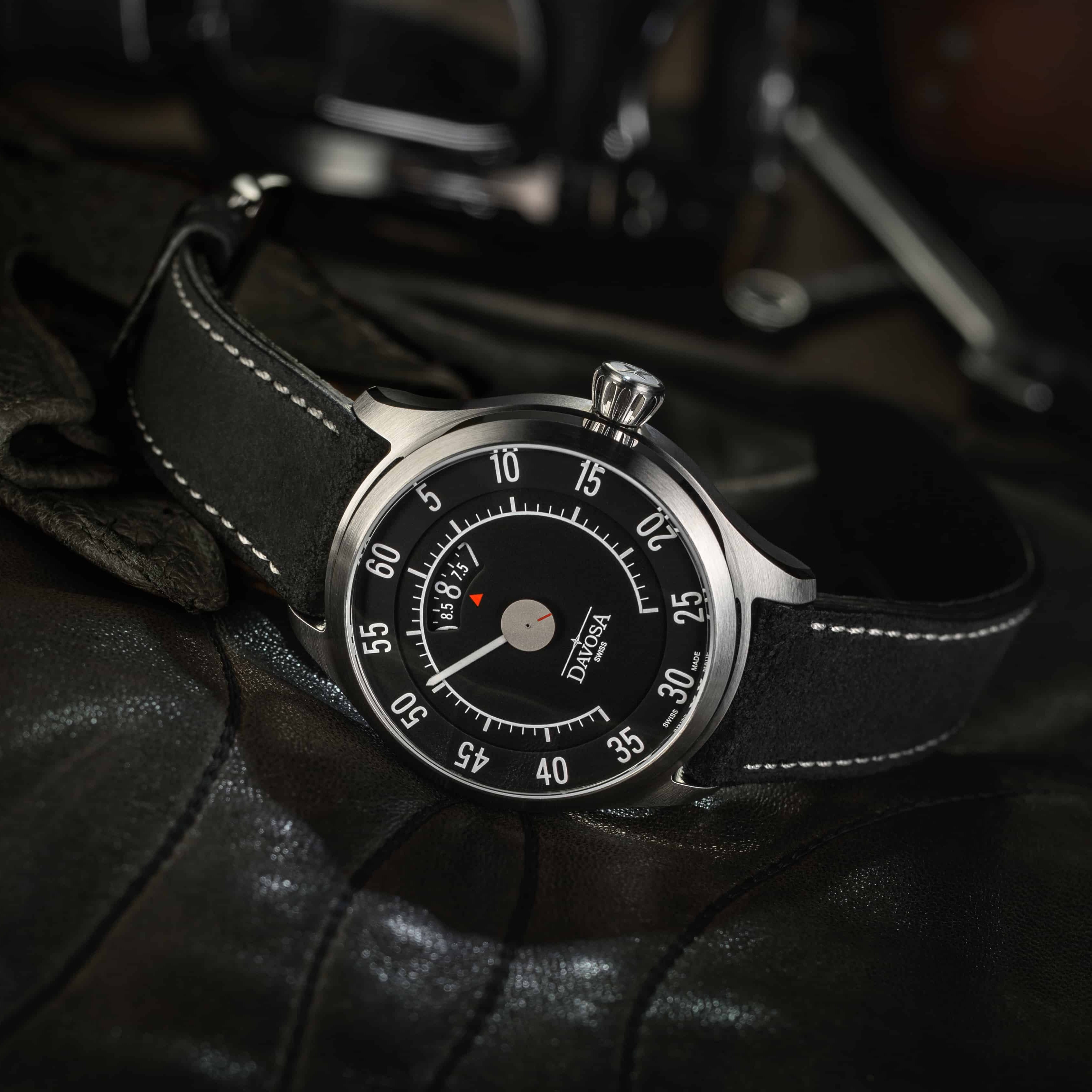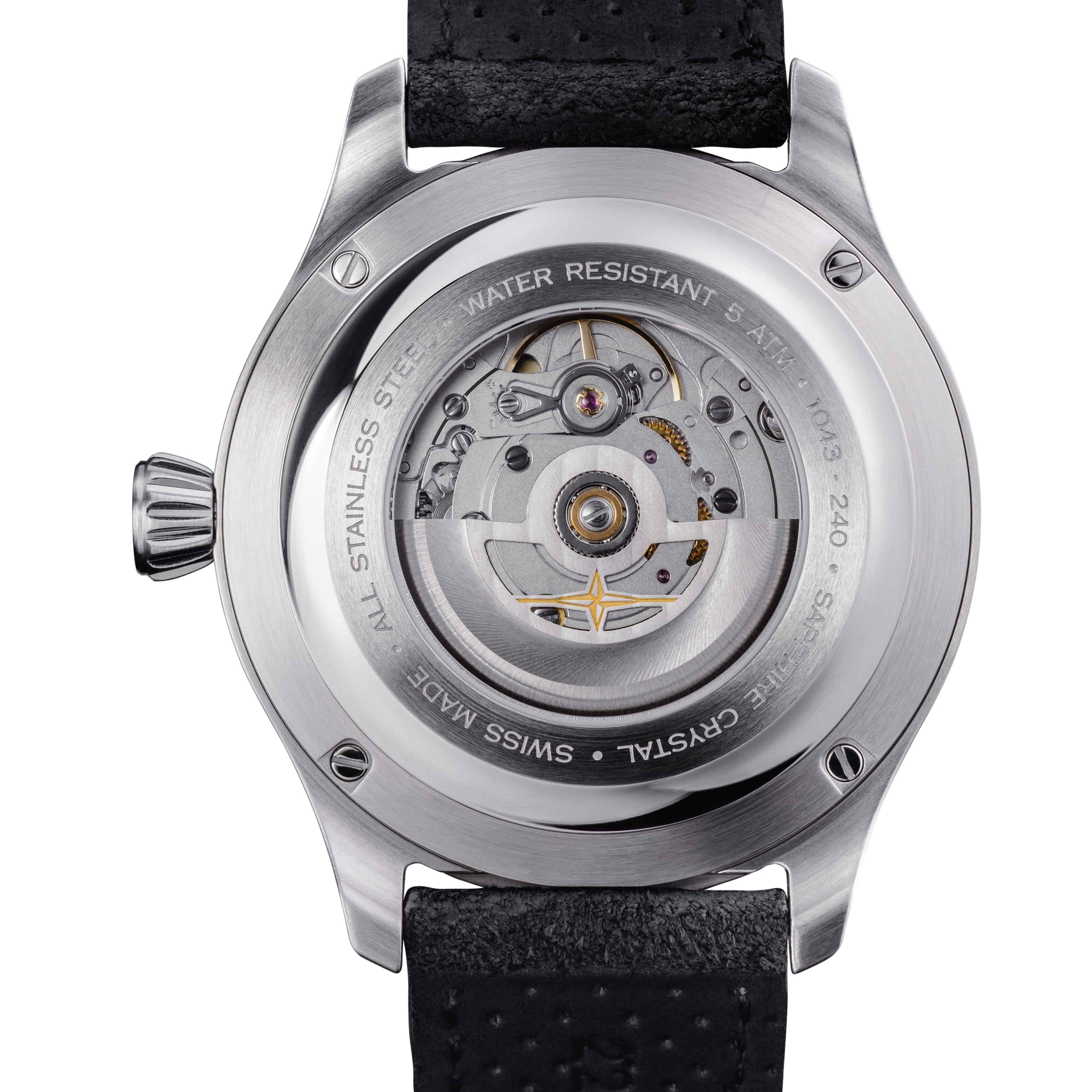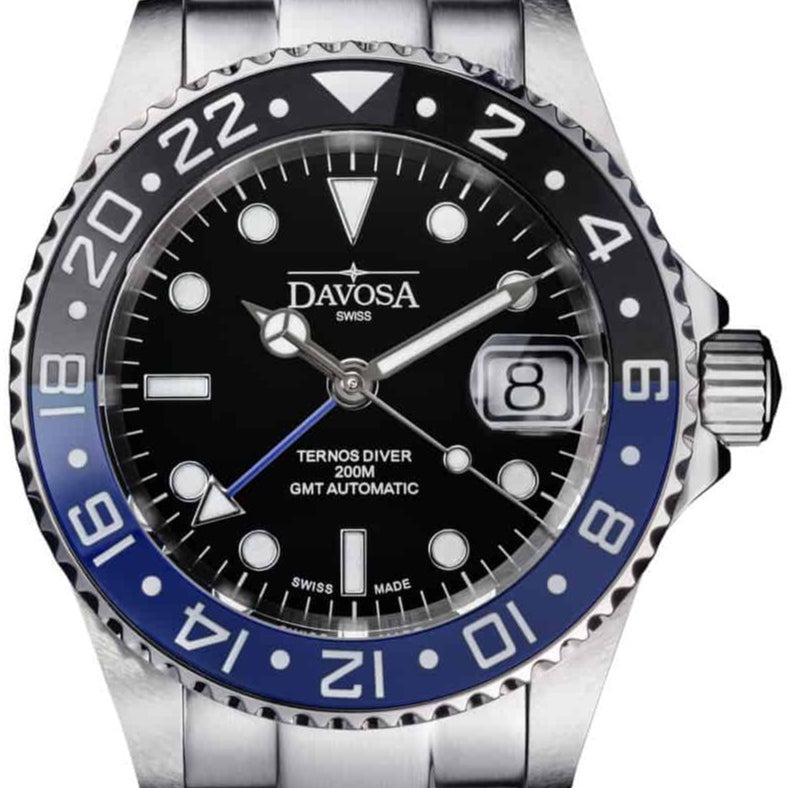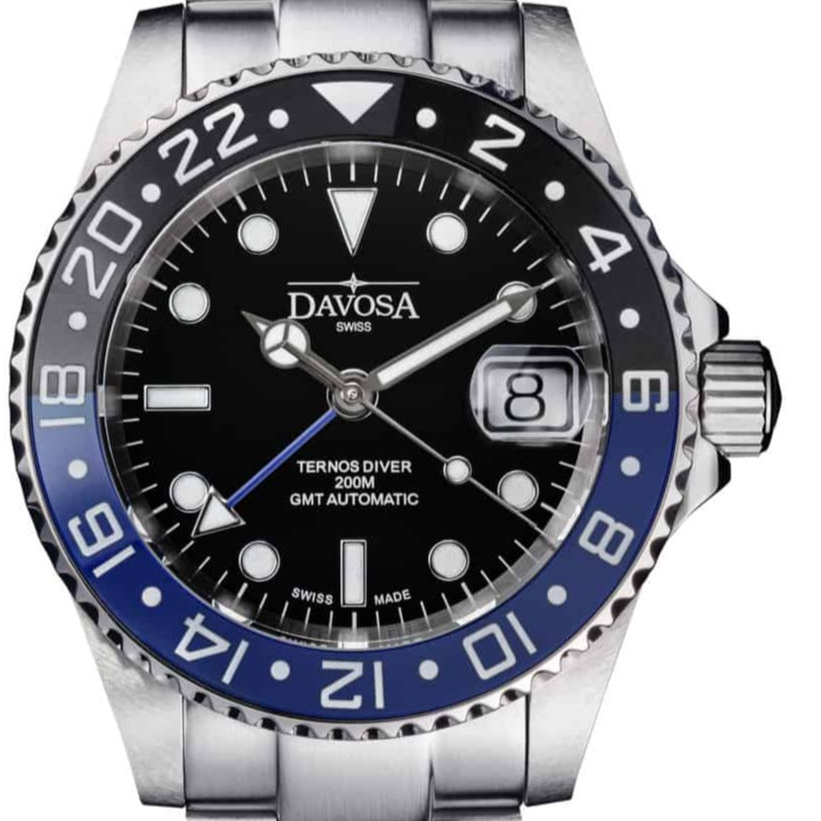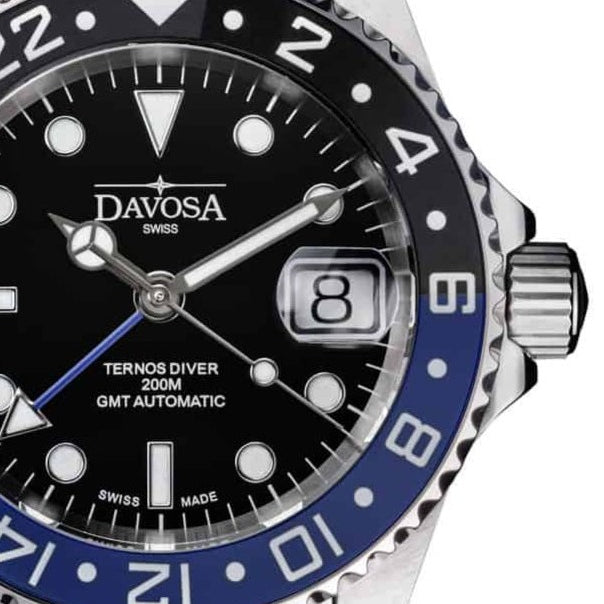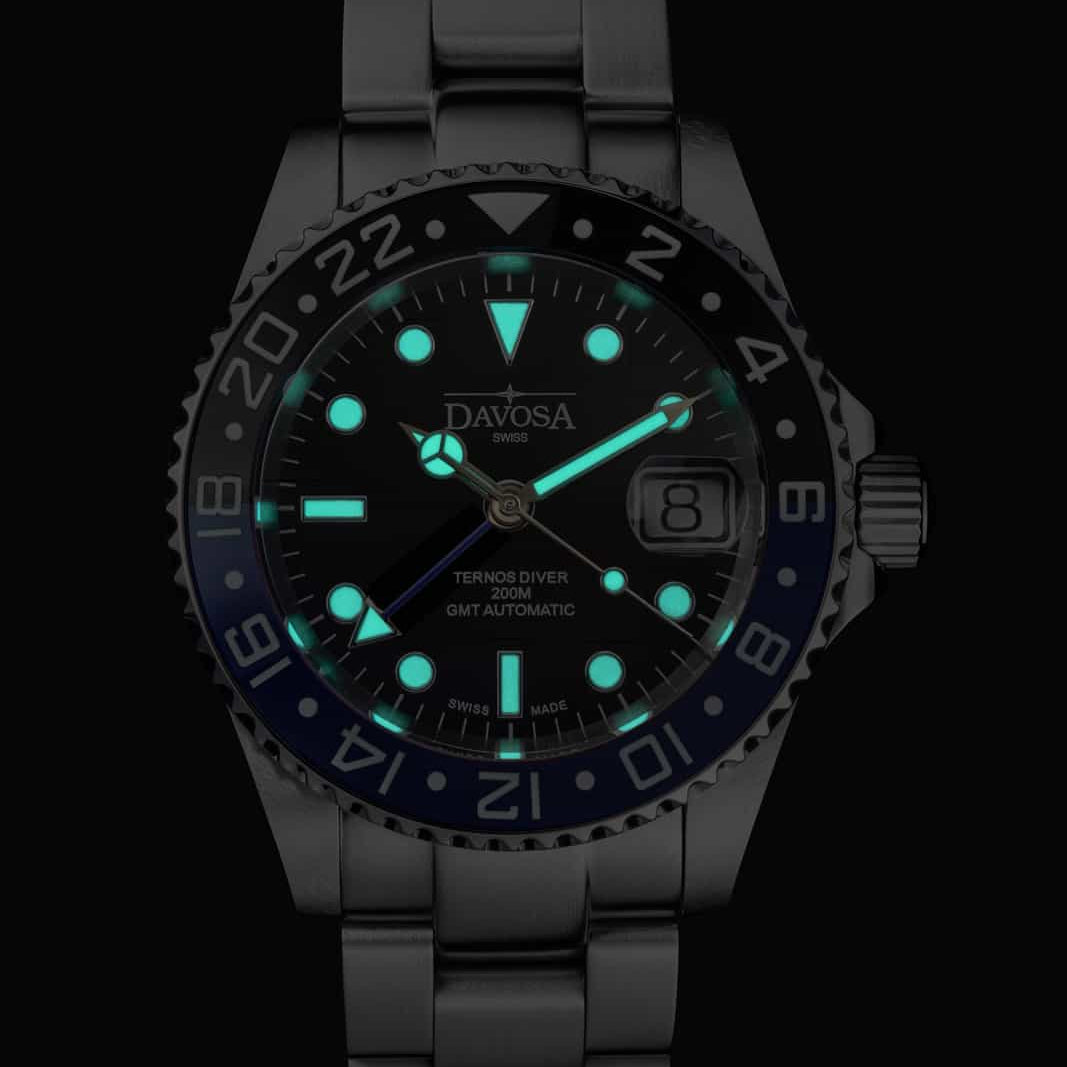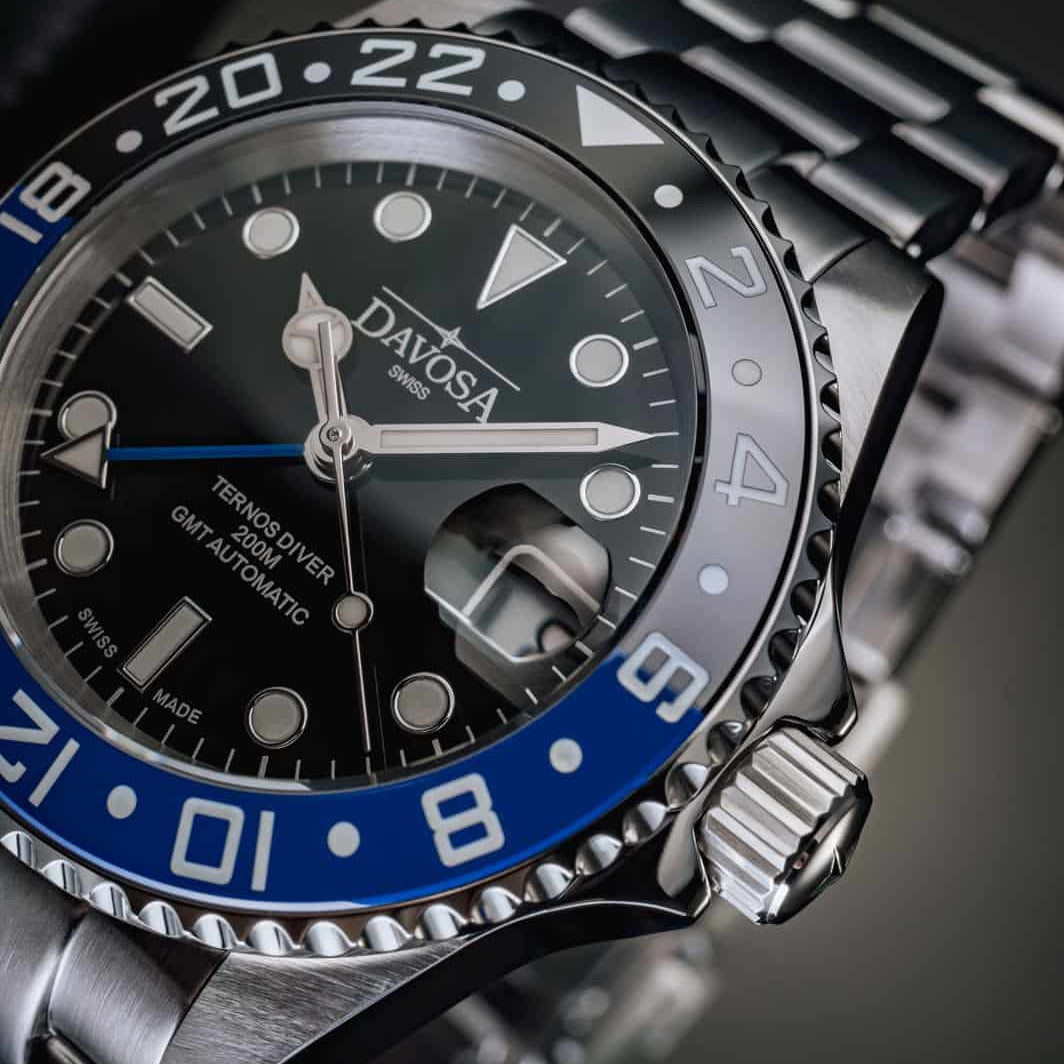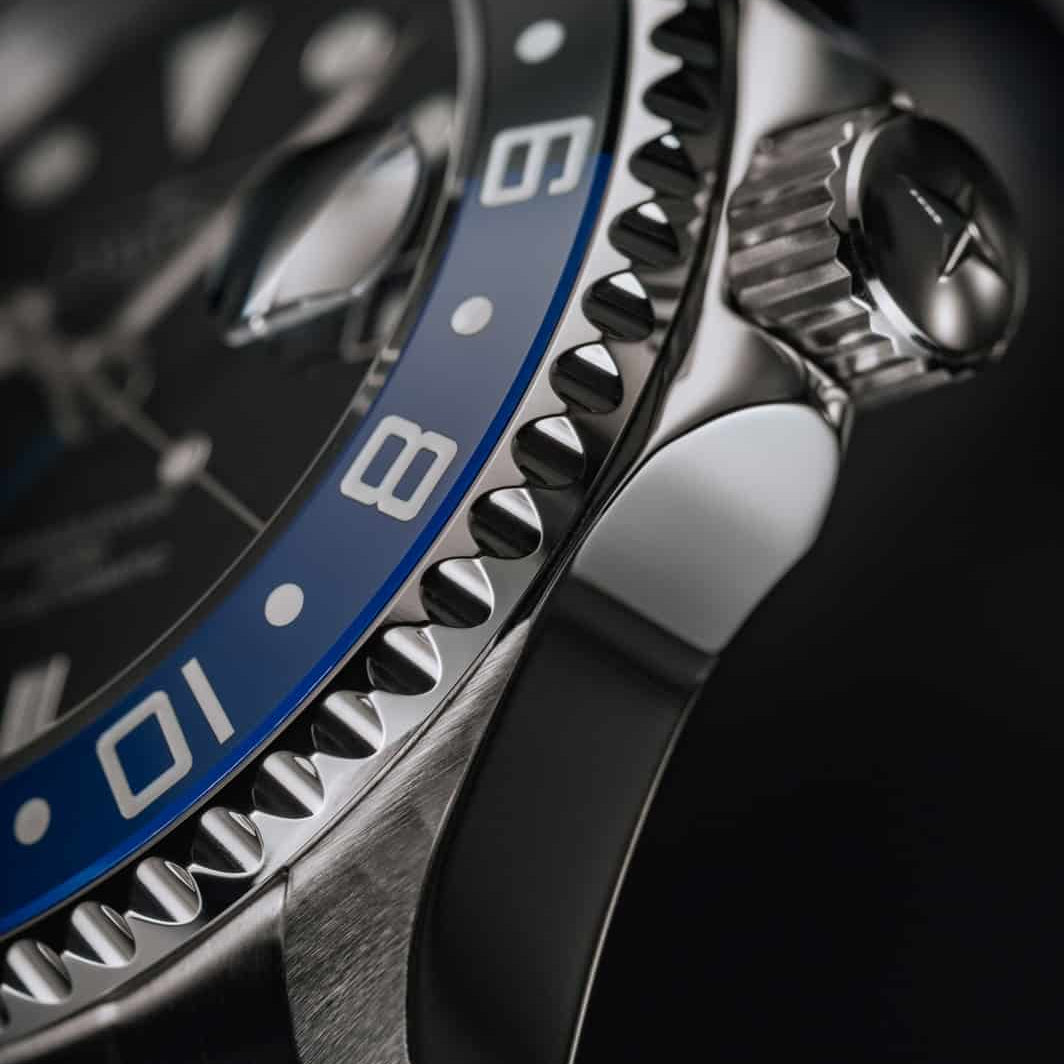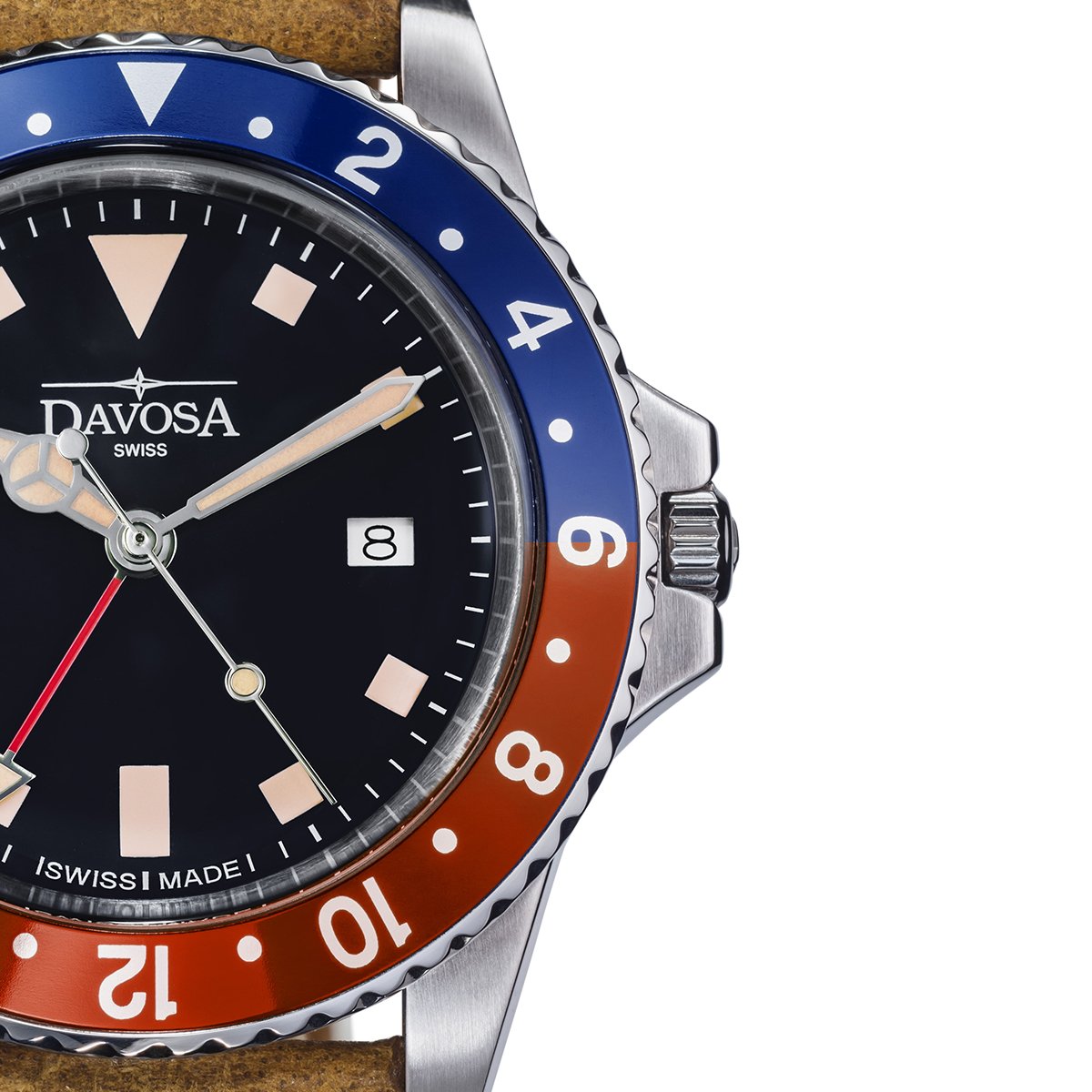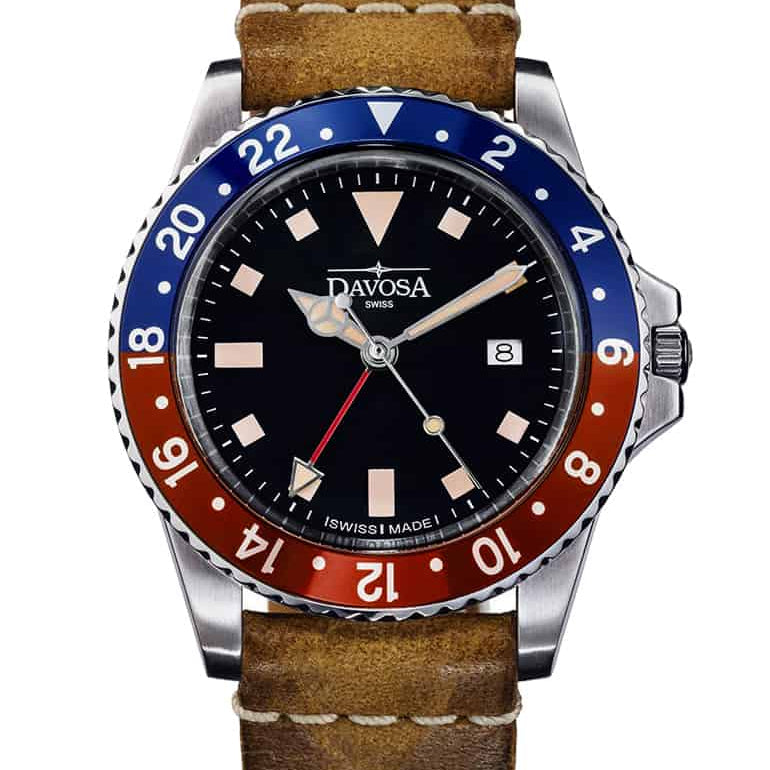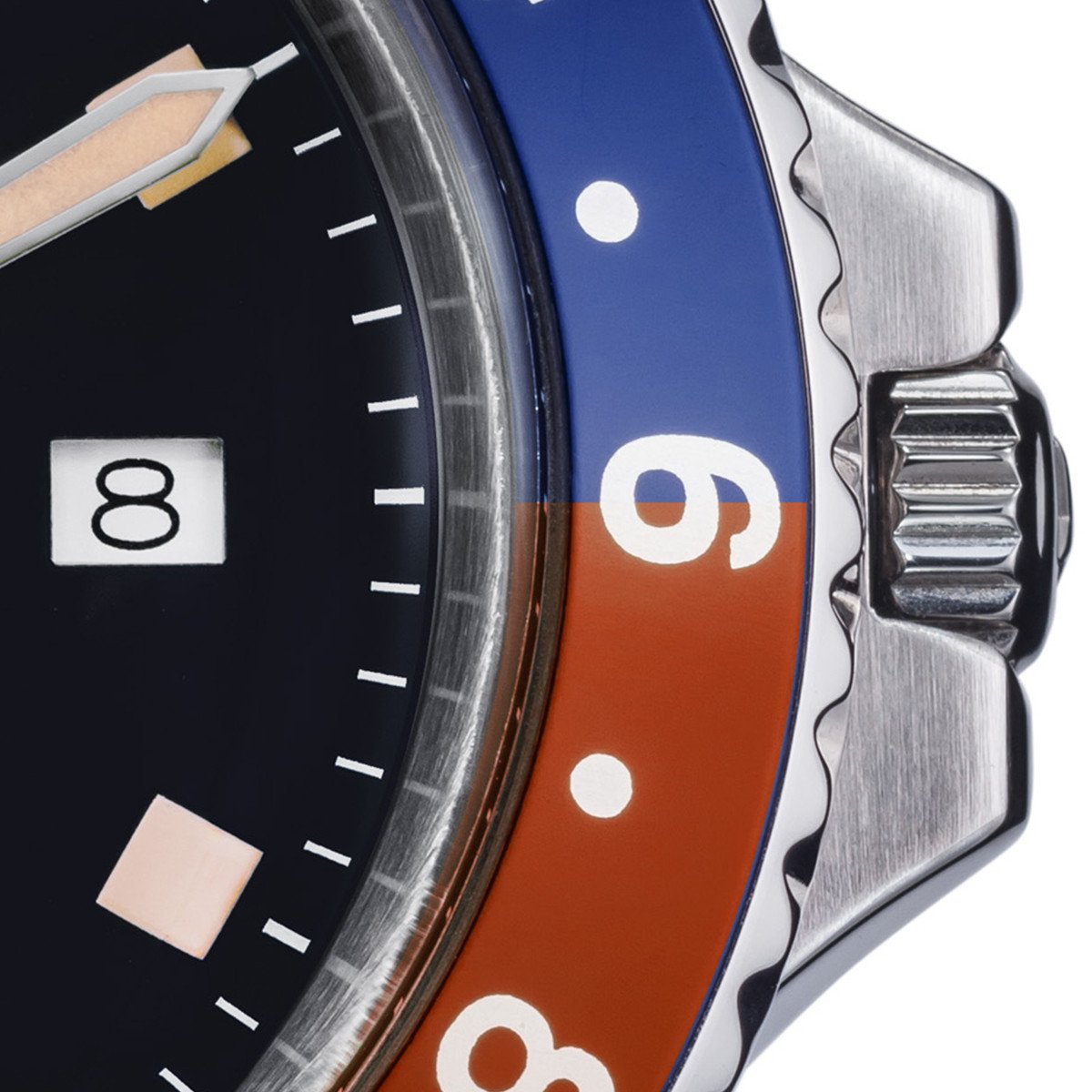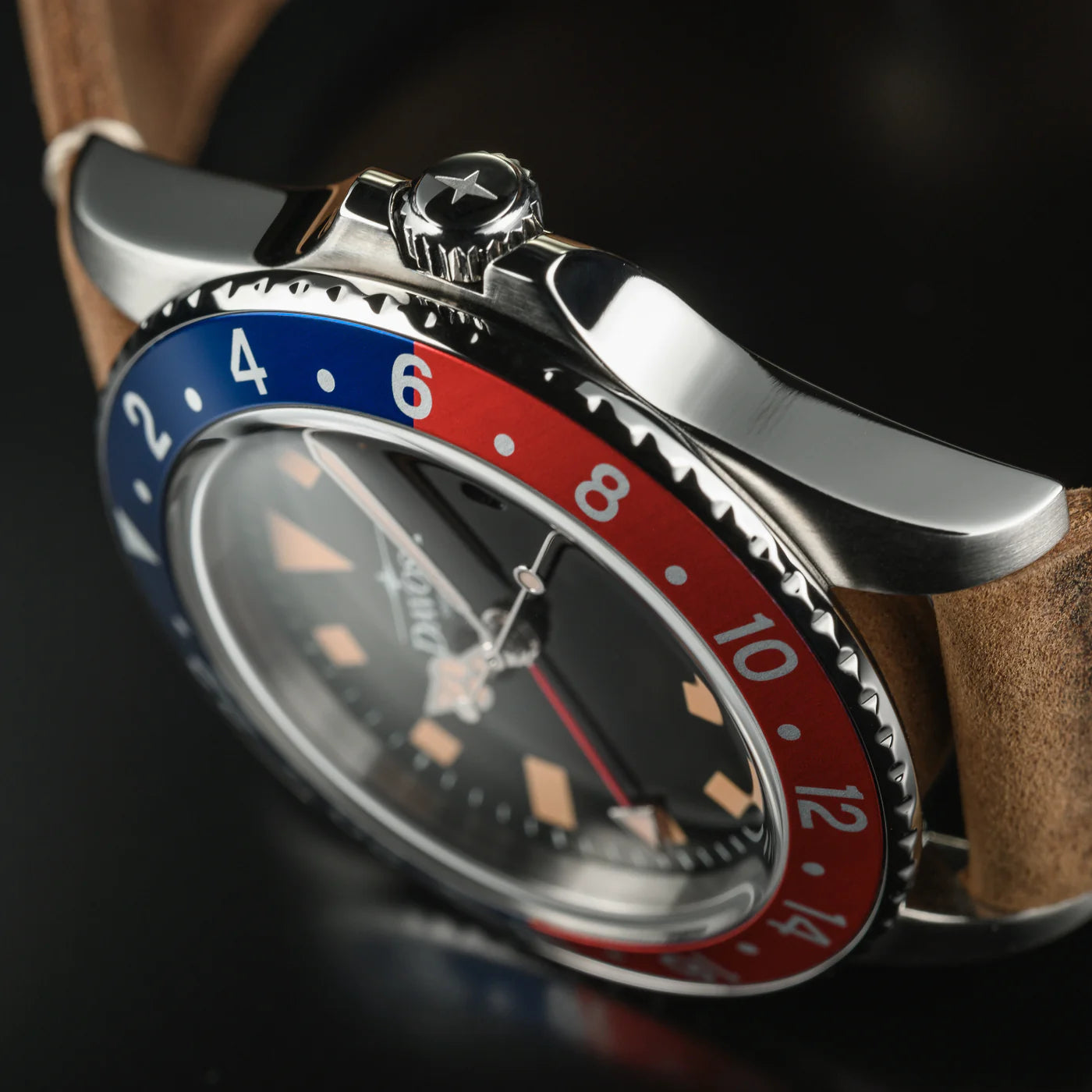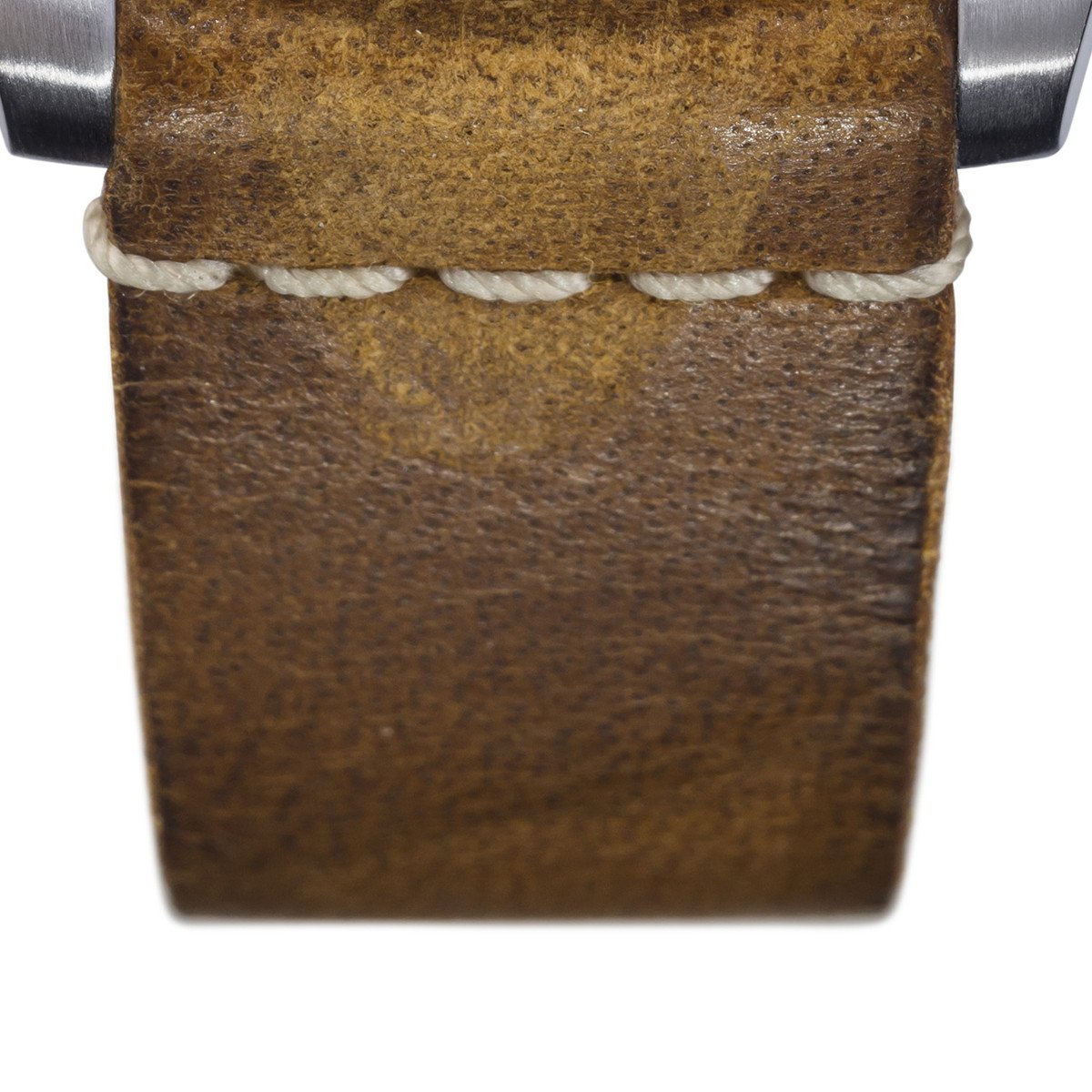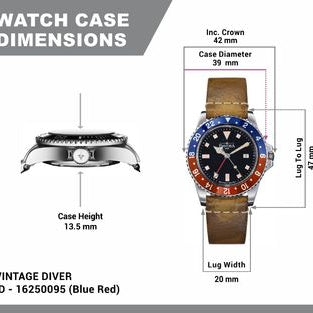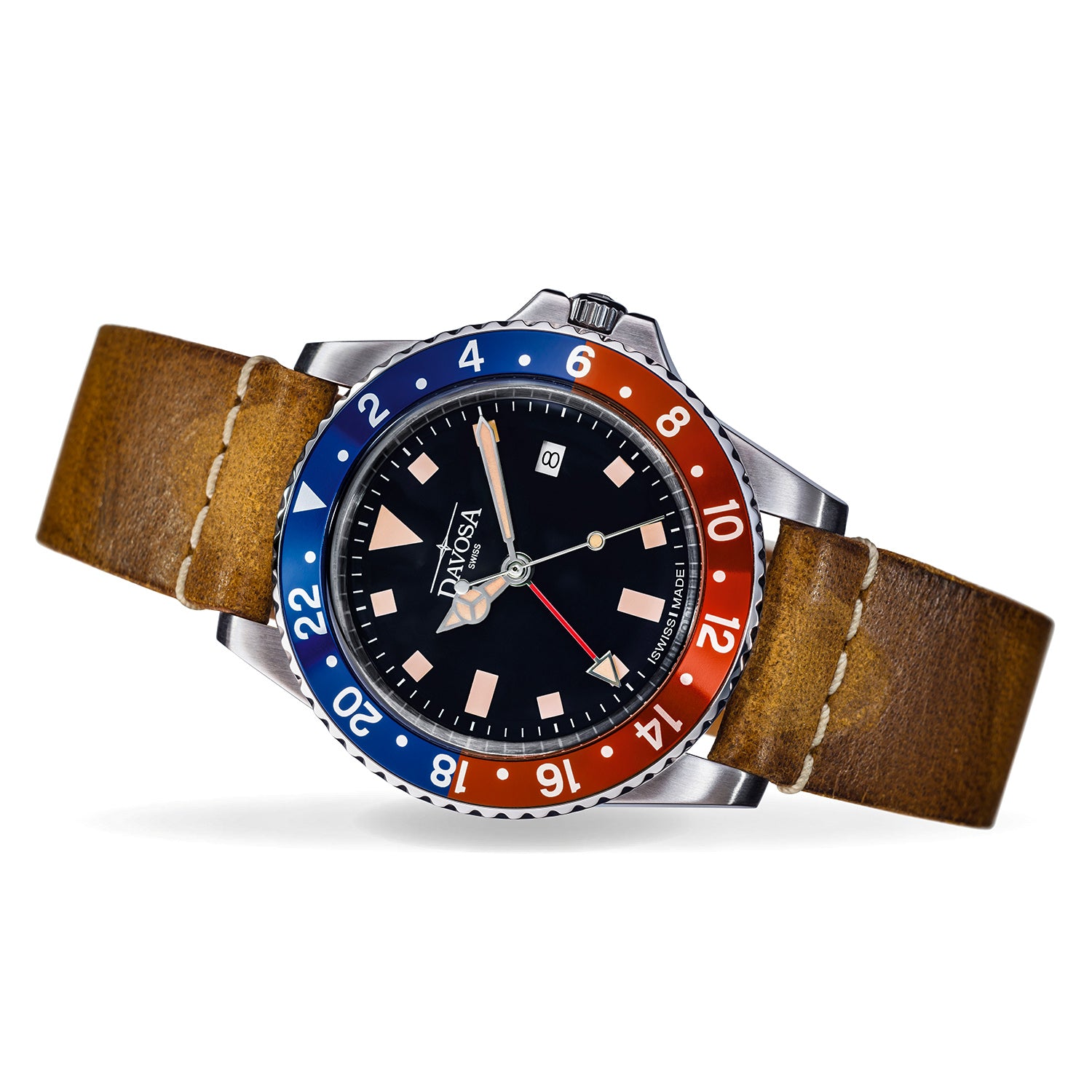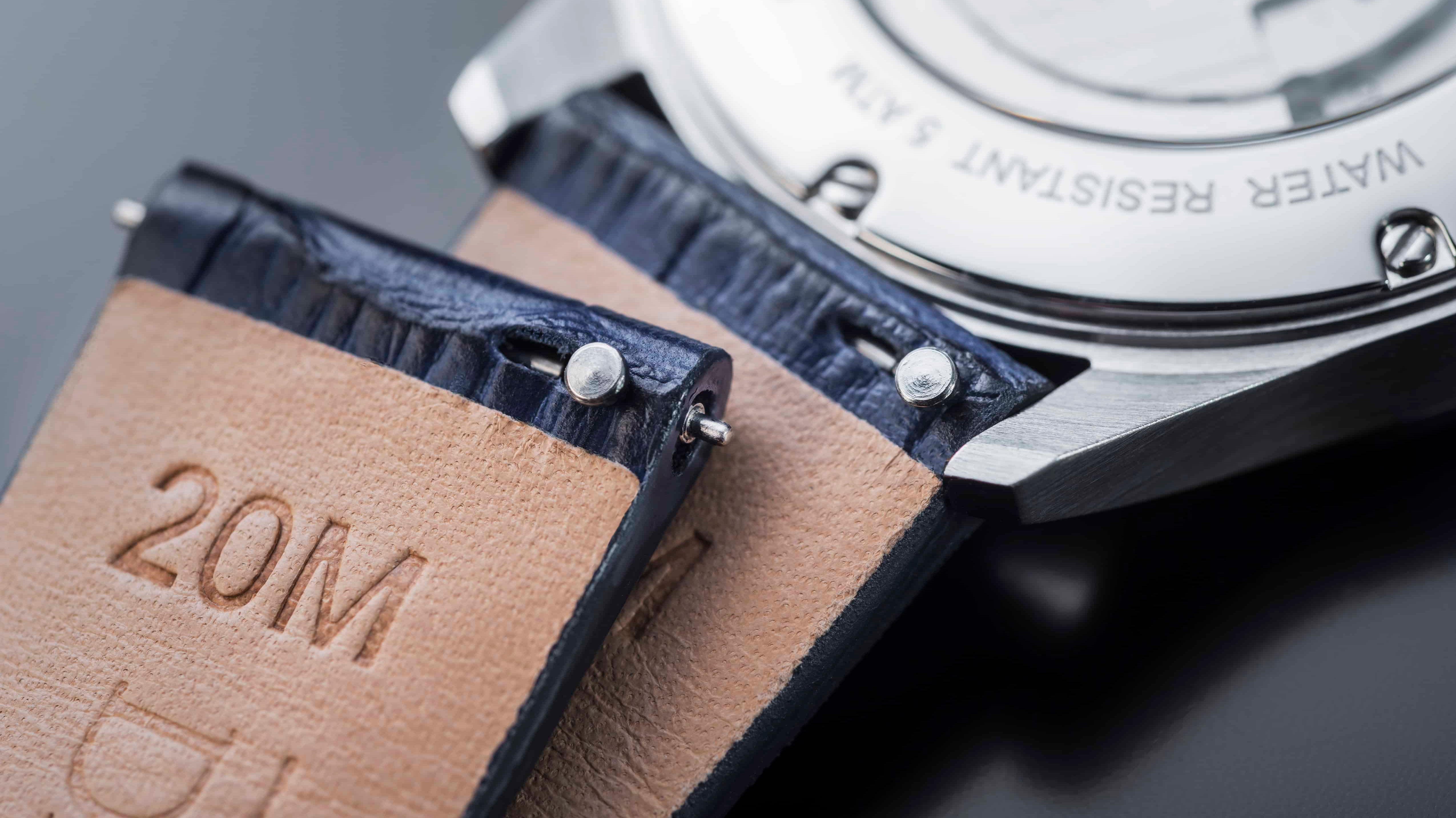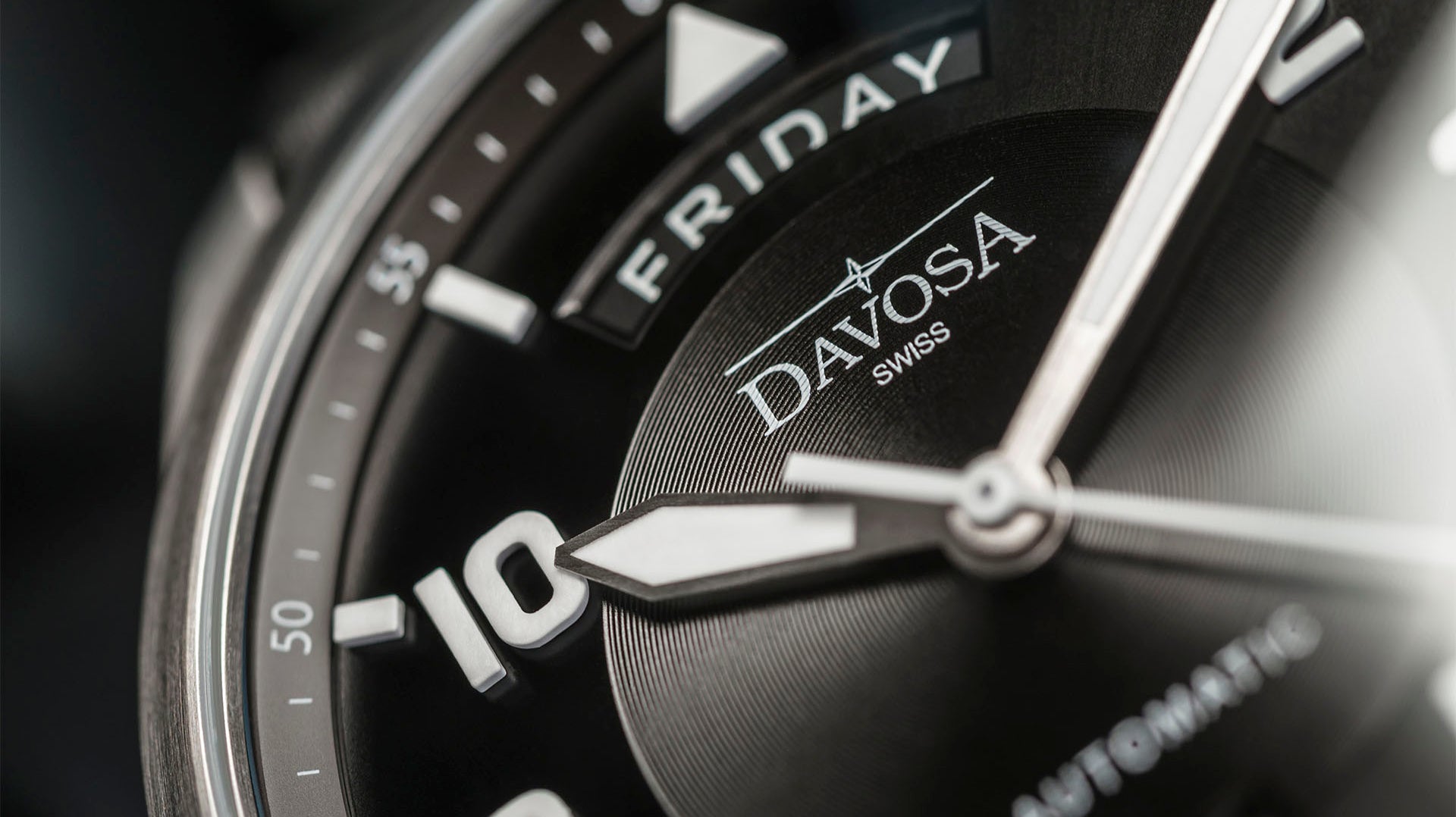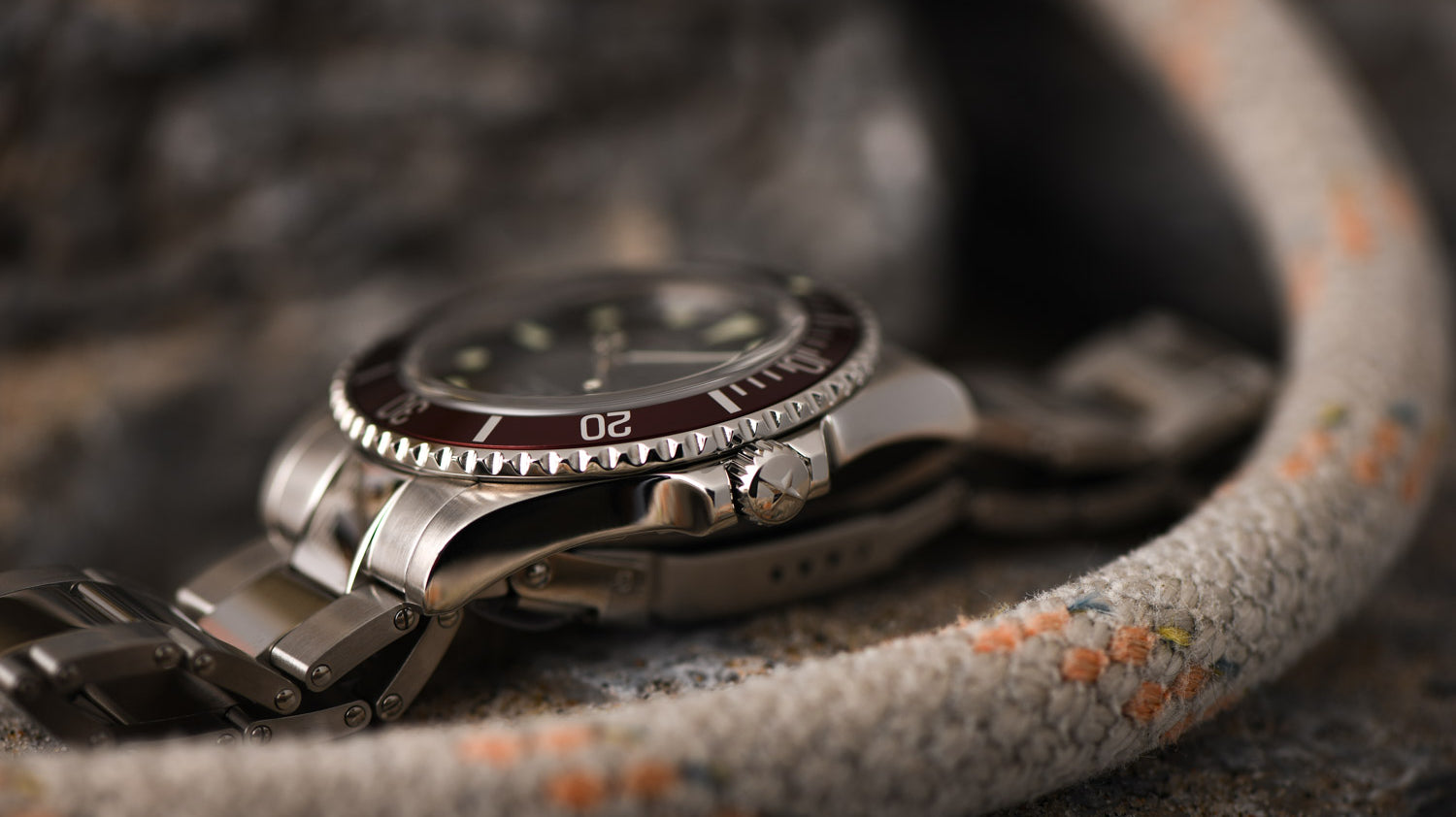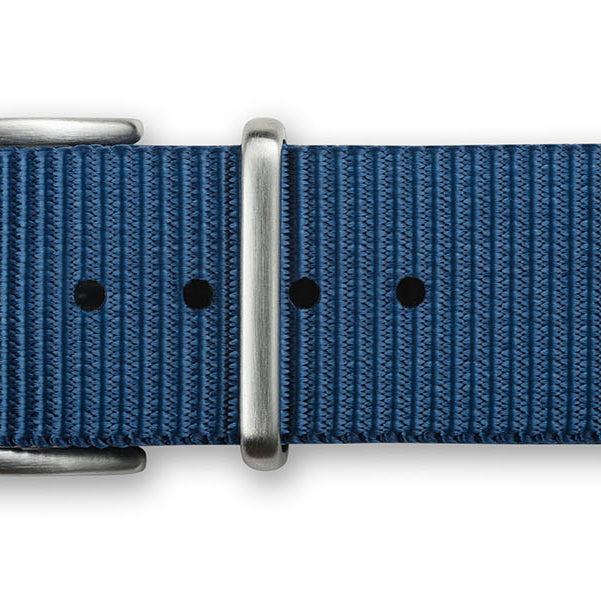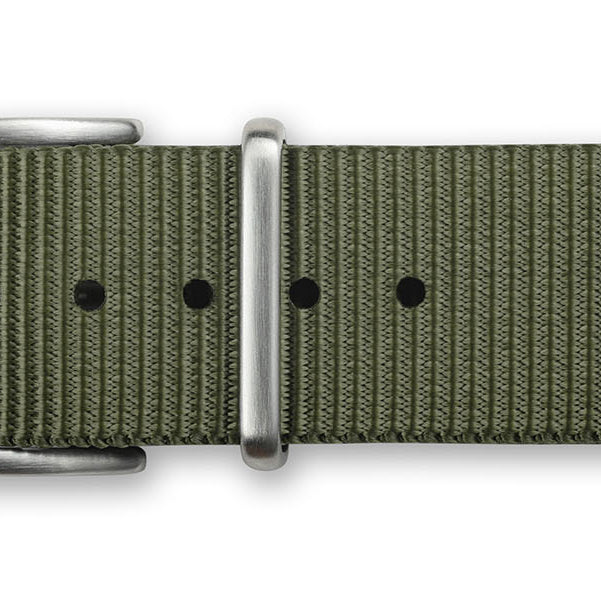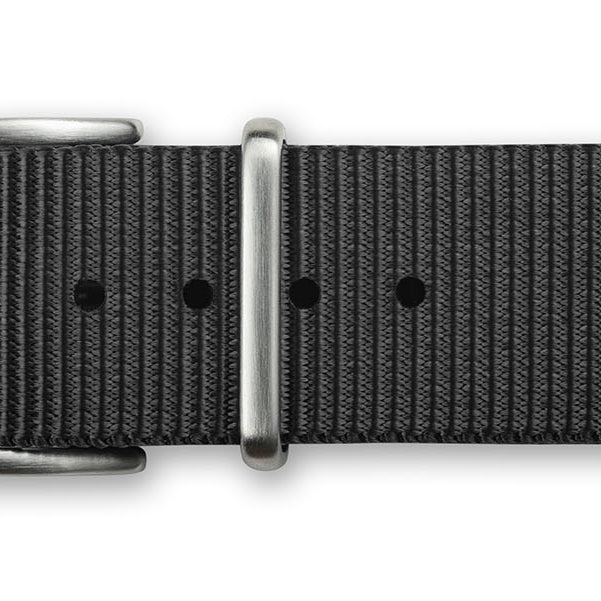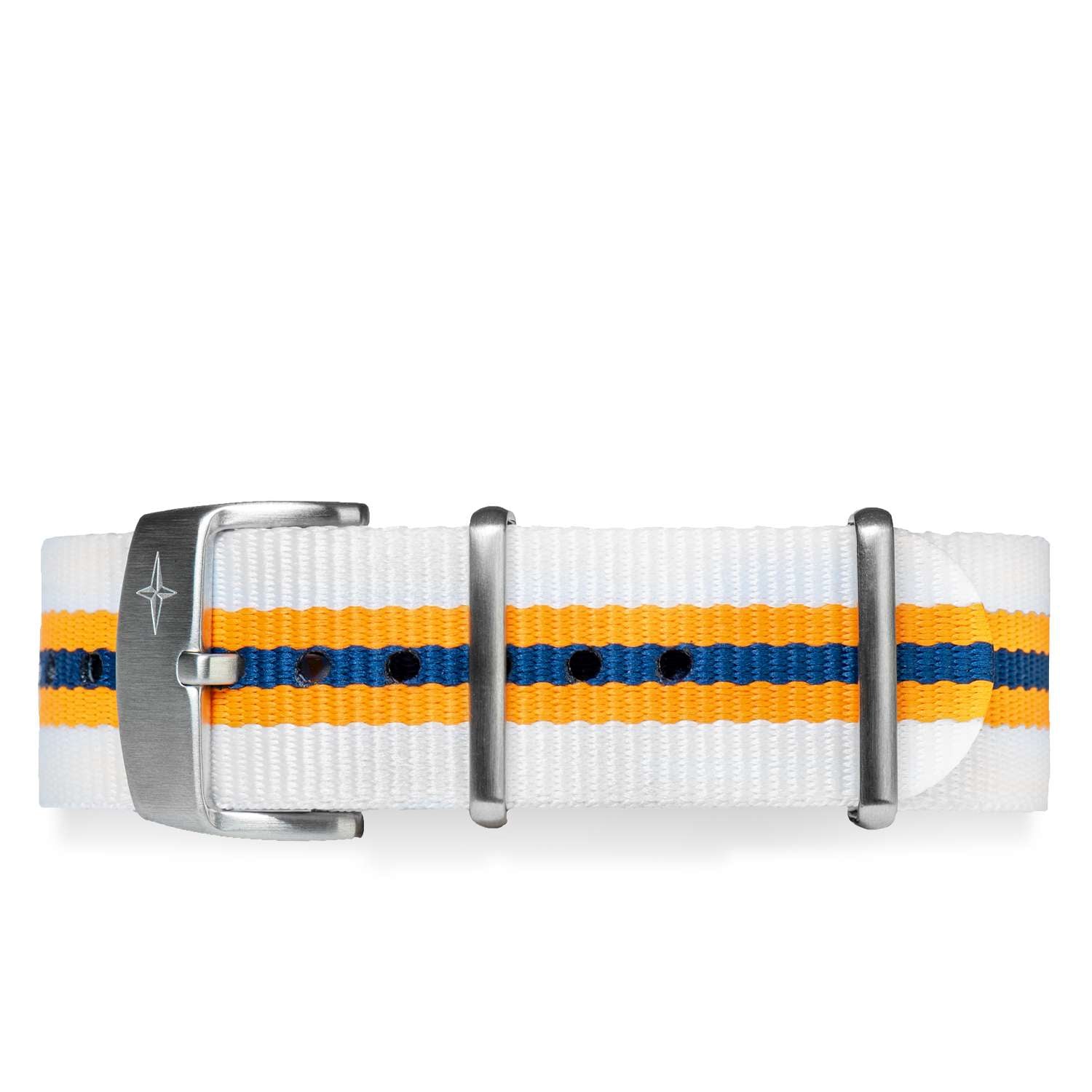Automatic watches have been a fantastic discovery, especially when you consider when they were invented - the end of the 1700s. But so many people still wonder how reliable they are and how much the relentless work of the winding mechanism affects their performance and longevity.
If you are the (happy) owner of an automatic watch, this article is for you. And if you are not fully satisfied, maybe after reading it you can become one!
How long do automatic watches last?
First of all, let's get some clarity. What does "automatic watch" mean? It actually means "automatic winding watch." So, automatic watches are mechanical watches that mount an automatic winding system of the mainspring, based on the movements of the wrist. On the other hand, quartz watches typically depend on the energy provided by a small button battery, which makes them work accurately for a period of about a couple of years.
That said, we can tell right away that automatic watches are otherwise similar in every way to mechanical watches. That is, they are similarly built and can last for hundreds of years if regularly maintained.
The golden age of mechanical watch development happened during the 1950s: this means that many vintage automatic watches are sprightly 70-year-old grandpas, and a few of them are even more aged, as they derive directly to the first movements made by Rolex around 1925 and by Felsa around 1942. And yet, these calibers continue to keep time admirably even today.
The above also applies to modern automatic watches, often made on proven mechanics derived from the ETA 2800 series calibers that have literally colonized the horology market since the 1980s. All these timepieces, both vintage and modern, can last forever if they are subjected to periodic maintenance, approximately every five years.

Automatic watches Maintenance & Care - How do you maintain an automatic watch?
All mechanical watches (and quartz watches as well) to work correctly and maintain their value over time need a series of proper measures that allow you to take care of them. This need of a proper care applies to automatic watches as well.
So, here follows a series of tips which are useful for you to take care of your automatic watches – but can be applied successfully to mechanical watches as well.
- Don't wind the watch up as if you were a mixologist.
The mechanism of automatic watches is perfectly capable of working after a slight shaking movement of the arm: it has been studied for this. It will take only a few tens of seconds for it to start marching, and after that, a normal arm movement will be enough. So, there is no need to shake the arm wildly in the air.
- Remember that the mechanism can often be wound by hand.
The automatic winding mechanisms often work in parallel to the manual ones, so the winding mainspring can also be loaded manually. There are exceptions, though, so if you choose to wind automatic watches manually, do so gracefully, especially the first time.
- If the timepiece has a date display, take care when you regulate the hands.
The date display mechanism is connected to the hands, so the regulation system gets in the way when the date is about to change. To avoid damage to the keyless works, you should not change the date manually when the hands are between 9 PM and 3 AM of the day: if you must, it is better to change the hands to another position first, then set the correct date, and finally regulate the hands to the correct hour. Oh, and always remember to set the time by rotating the hands clockwise!
- Take care of the watch after you wear it.
Although it may not seem like it, your timepiece comes into contact with many potentially harmful or corrosive agents during the days. So, the next time you wear the watch, before storing it, wipe it gently with a slightly damp cotton cloth, insisting with an old toothbrush in the recesses where dirt could accumulate, especially in the case back and bracelet. For the care of the leather used to make the strap, there are specific products on the market.
- Avoid contact with perfumes and sprays of any kind.
Watches are objects that sometimes seem very robust, but in reality, are very sensitive to these elements. Therefore, never spray products containing alcohol or other substances directly on the watch, but put it on only after you have perfumed yourself.
- Remember to service the watch every five years at least.
All watches have moving parts that are lubricated with special mineral oils. Over time, these oils tend to dry out, so the internal mechanism of the watch begins to strain too much due to accumulated friction. A service from a watchmaker will help keep your watch thoroughly oiled and in top working order – and maintain its value in time.
- If it has taken a beating, or there seems to be something wrong with it, take it asap to your trusted watchmaker.
Despite technical advances and protective systems, all mechanical watches are composed of small elements mounted on tiny pivots. So a blow or a fall could have caused damage, which may not be entirely obvious. This means that if you find that your watch feels to have something wrong with it or is making a strange noise, plan to have a checkup at the watchmaker at the soonest.
- If you see fogged glass from the inside, avoid DIY solutions.
A fogged glass means that water has gotten into the watch. If this happens, it could become a problem, so it's better to have the watchmaker look at it instead of proceeding with creative DIY tricks. If there is fog or water in the watch, it means that it has found a way to get in, so you need to prevent it from happening again.

Does an automatic watch need maintenance?
Automatic watches, as mentioned, require periodic maintenance to remain in perfect working order, and this is provided by a professional watchmaker. This professional, during the service, disassembles the caliber, cleans every single element of the automatic watch movement by washing it in particular cleaning solutions, reassembles it by oiling and greasing the elements where prescribed.
And finally, to maintain the automatic watch accuracy, he manually adjusts the caliber through its built-in regulator to achieve the highest possible precision in keeping the exact time.
In the case of diver's watches, he also replaces the sealing gaskets and performs leak tests to ensure that the timepiece remains watertight to the specified depth after service.
If necessary, during these periodic services, you can take the opportunity to have those unsightly scratches that form over time removed from the case and bracelet. Be careful, however, not to abuse of this possibility: the beauty of a watch is also represented by its history and its experience, and continuous polishing eventually removes some of the material of which the case and bracelet are composed.
Automatic watches vs. quartz Dive watches
As a note, we should say that many diver watches used to mount an automatic movement to protect the watch from the possible effects of water getting in through the crown, so you might find several watches of this category. Please remember that the first automatic movement was made in the end of the Twenties to be mounted inside the first waterproof watch, the Rolex Oyster.
When quartz movements started to diffuse themselves at the beginning of the 1970s, eventually they found application in diver watches as well. However, the majority of die-hard divers still prefer automatic watches, since if a leak occurs, they are less subject to become damaged critically, as it could happen with the electronics of the typical quartz watch.

In Conclusion
Although automatic watches tend to be simple and robust objects, now refined by dozens of years of continuous improvement, they still need a little attention to continue functioning as they did on day one.
All it takes is a little care, and these fascinating objects will accompany you with their faithful ticking through all the events of your life without missing a beat.
The Davosa-USA.com website is NOT affiliated in any way with Audemars Piguet, Franck Muller USA, Inc. Richard Mille or Richemont Companies, Seiko, or any other brand which is not Davosa Swiss. Rolex is a registered trademark of Rolex USA. Davosa-USA website is not an authorized dealer, reseller, or distributor for Rolex and is in NO WAY affiliated with Rolex SA or Rolex USA or any other brand besides Davosa Swiss. |







